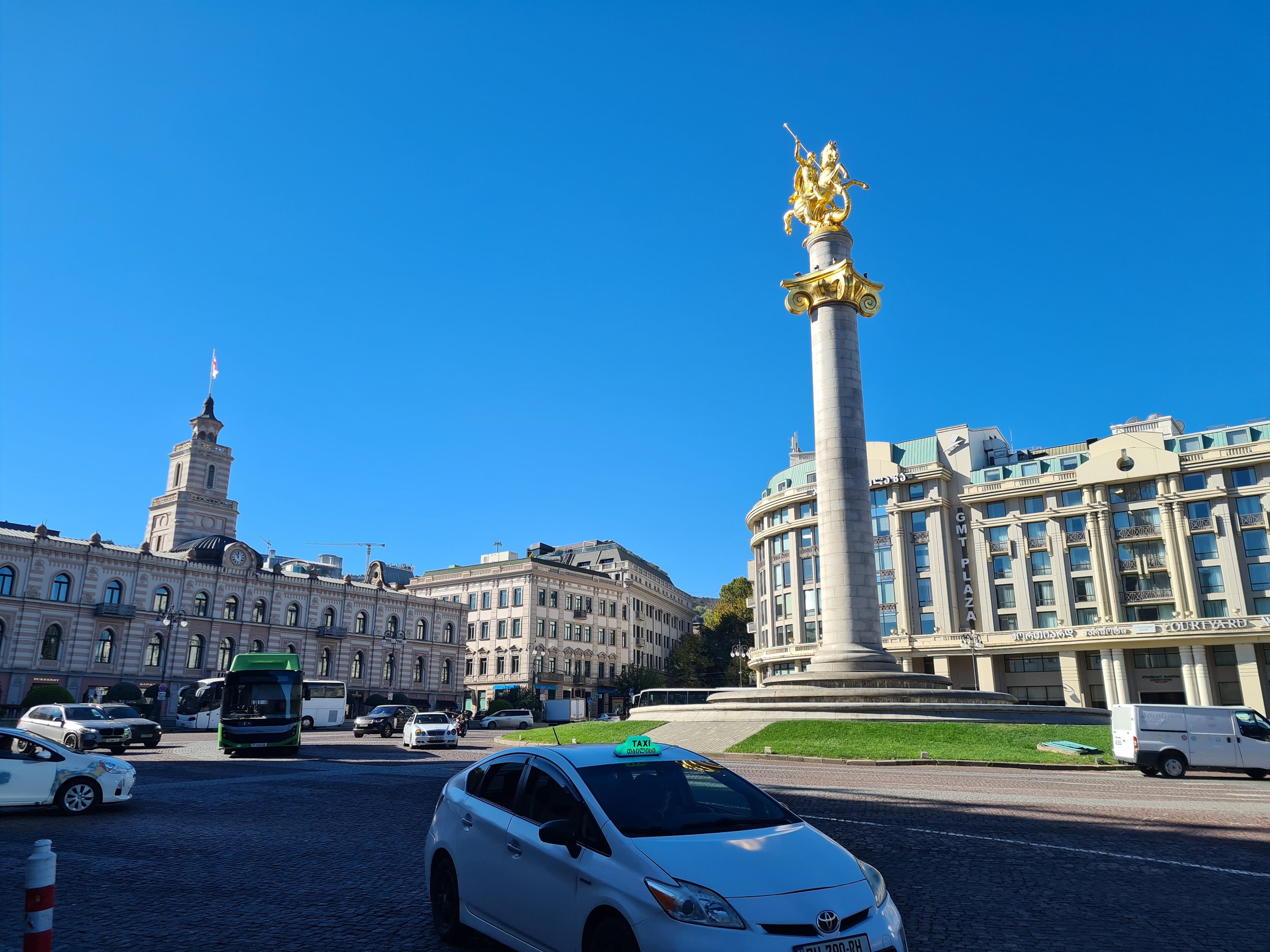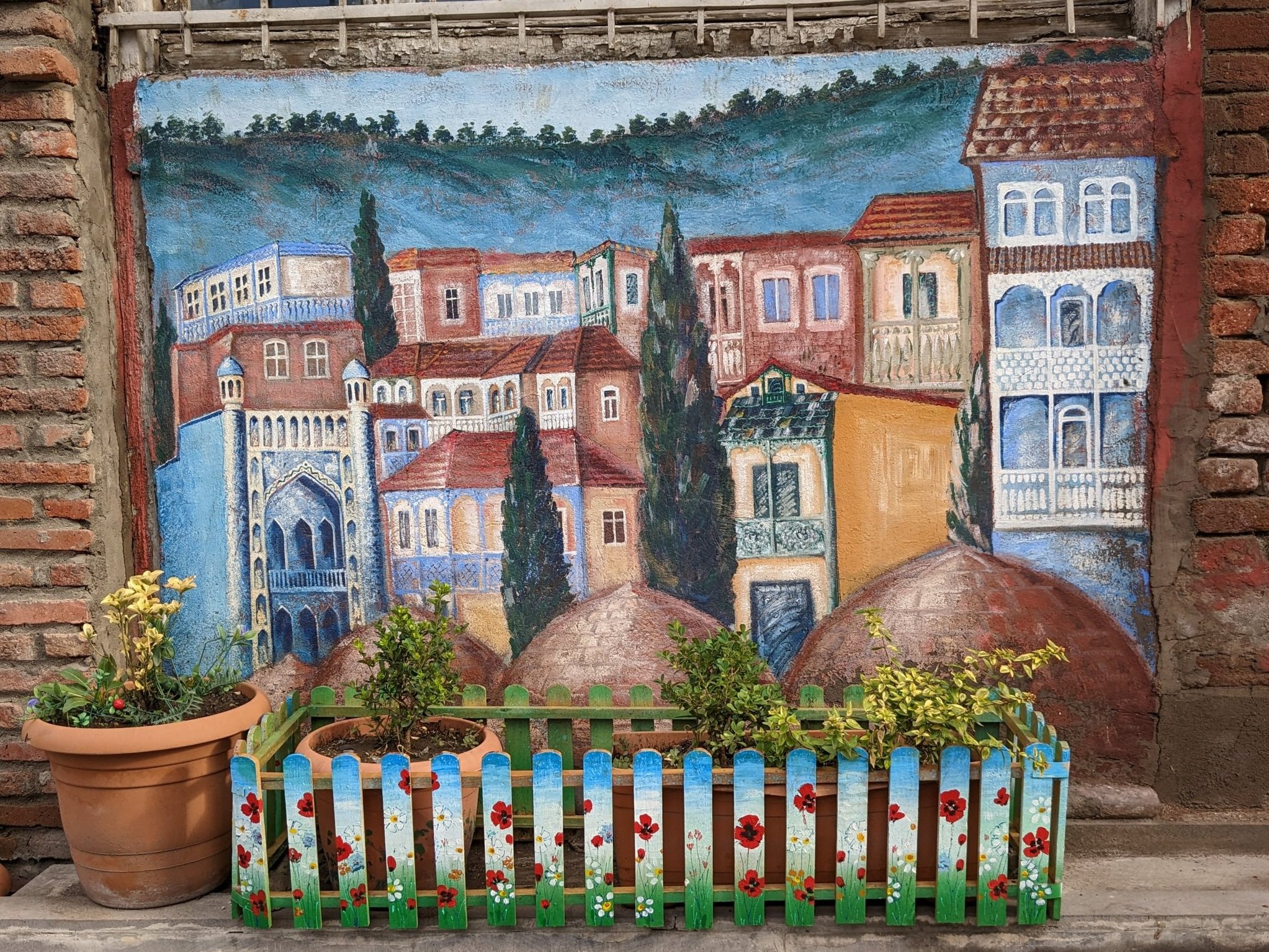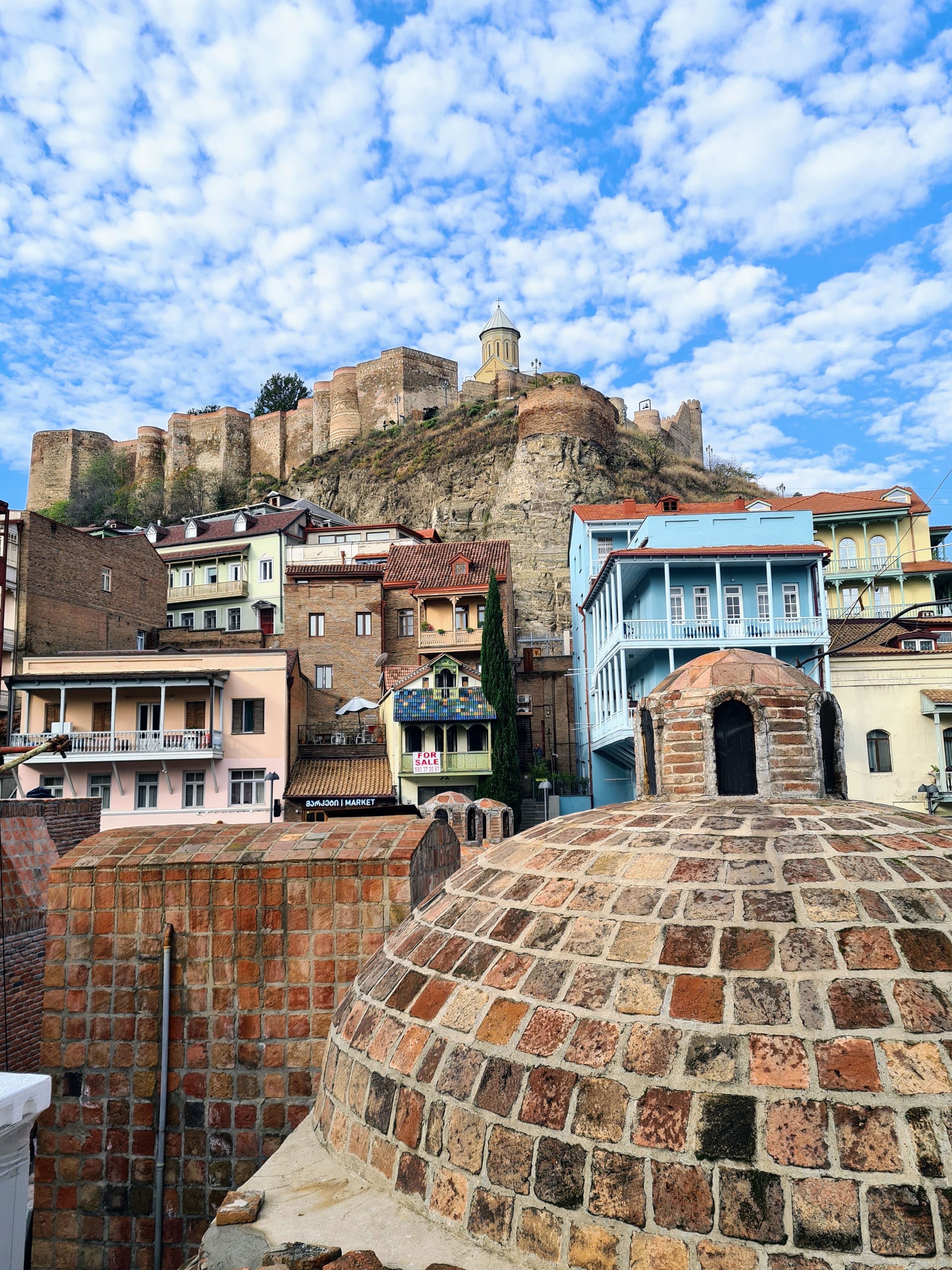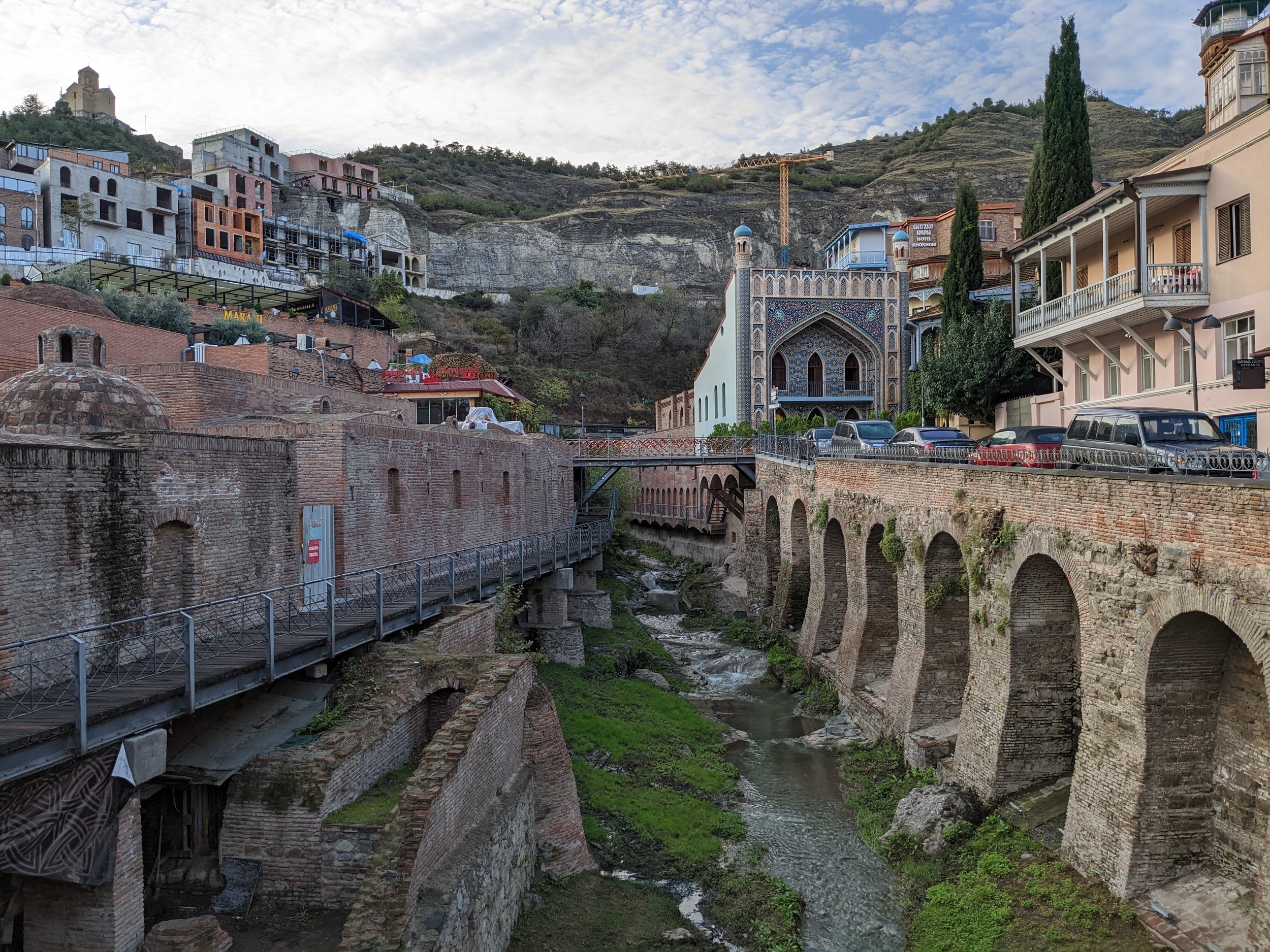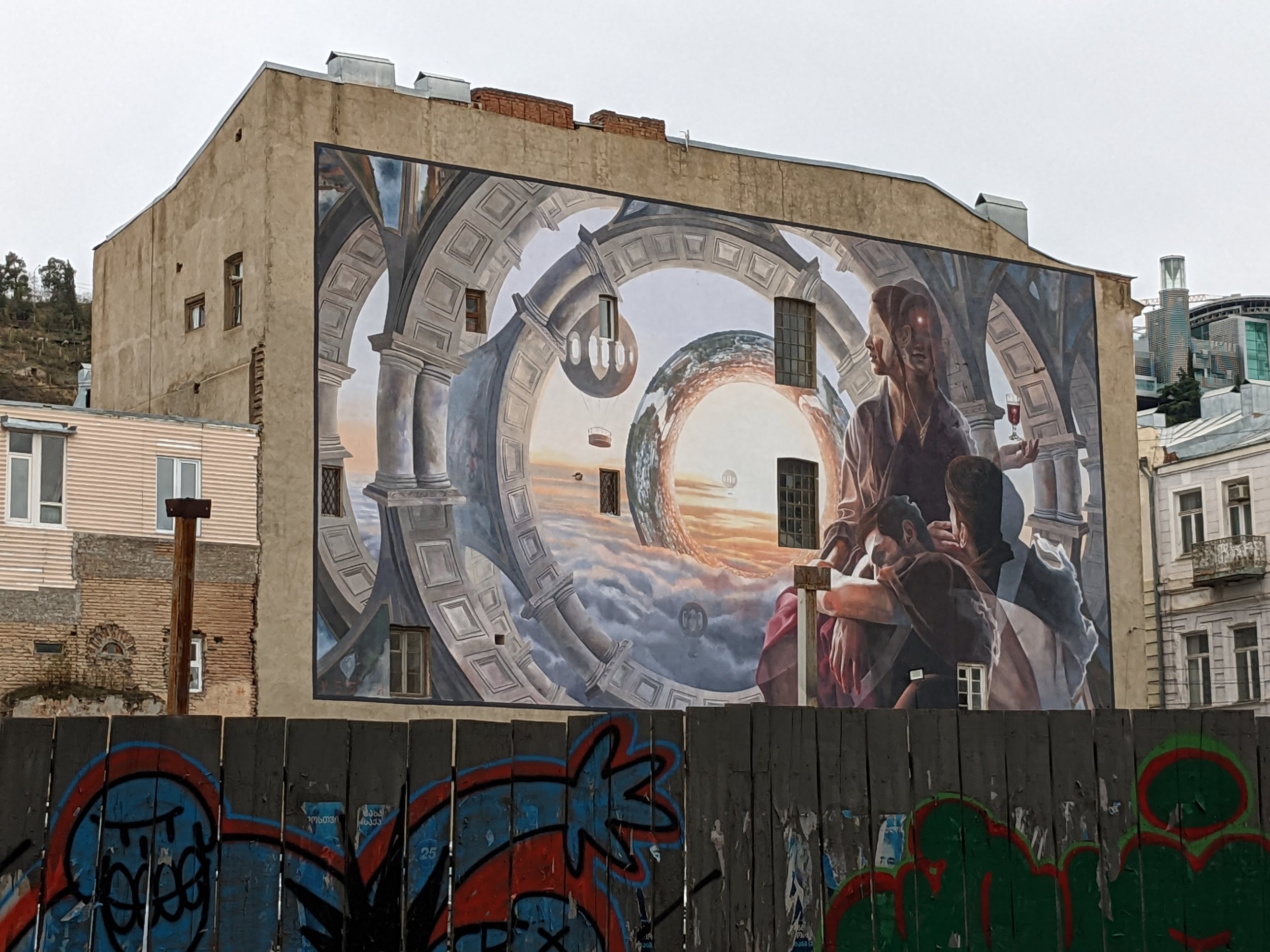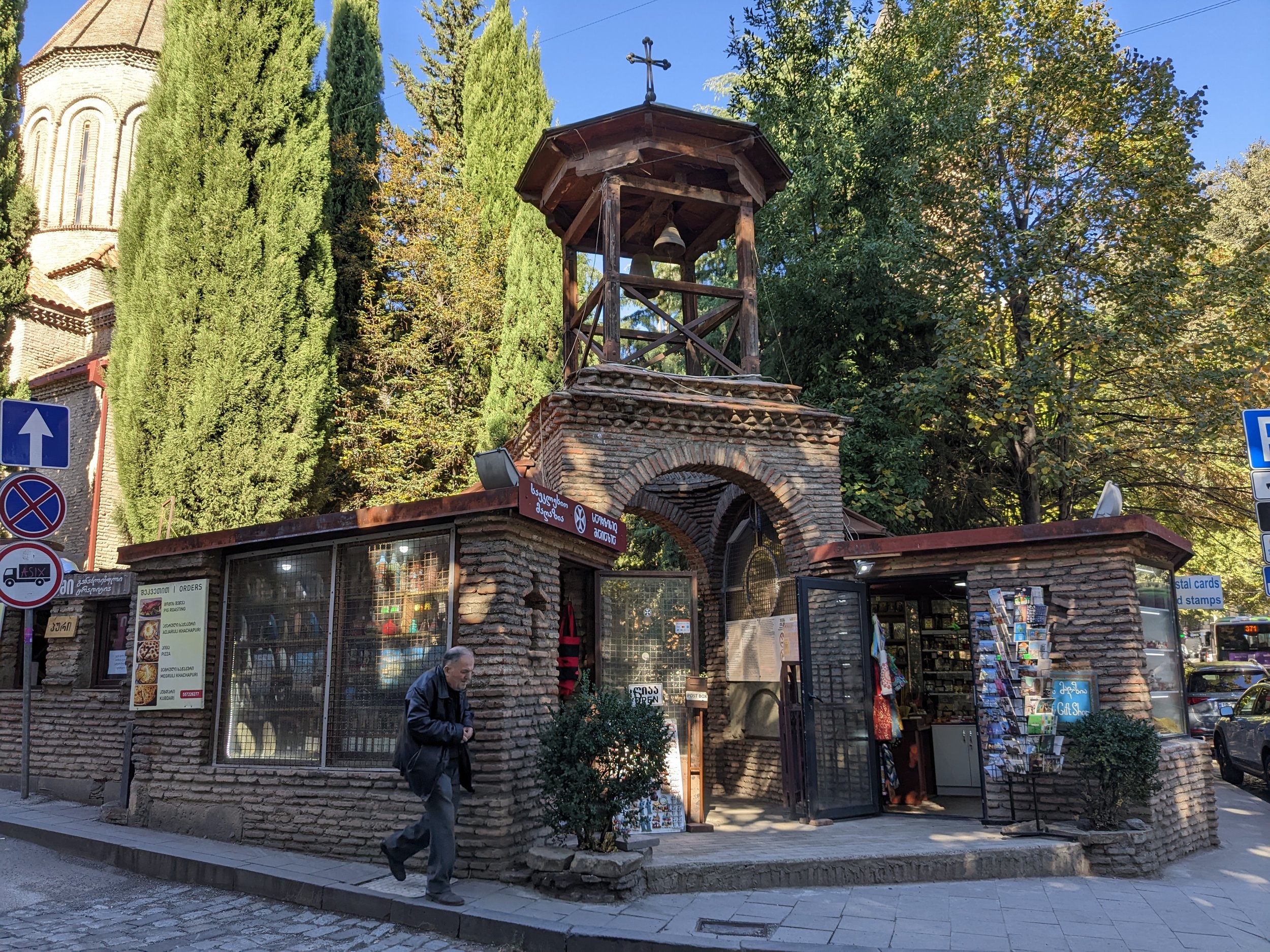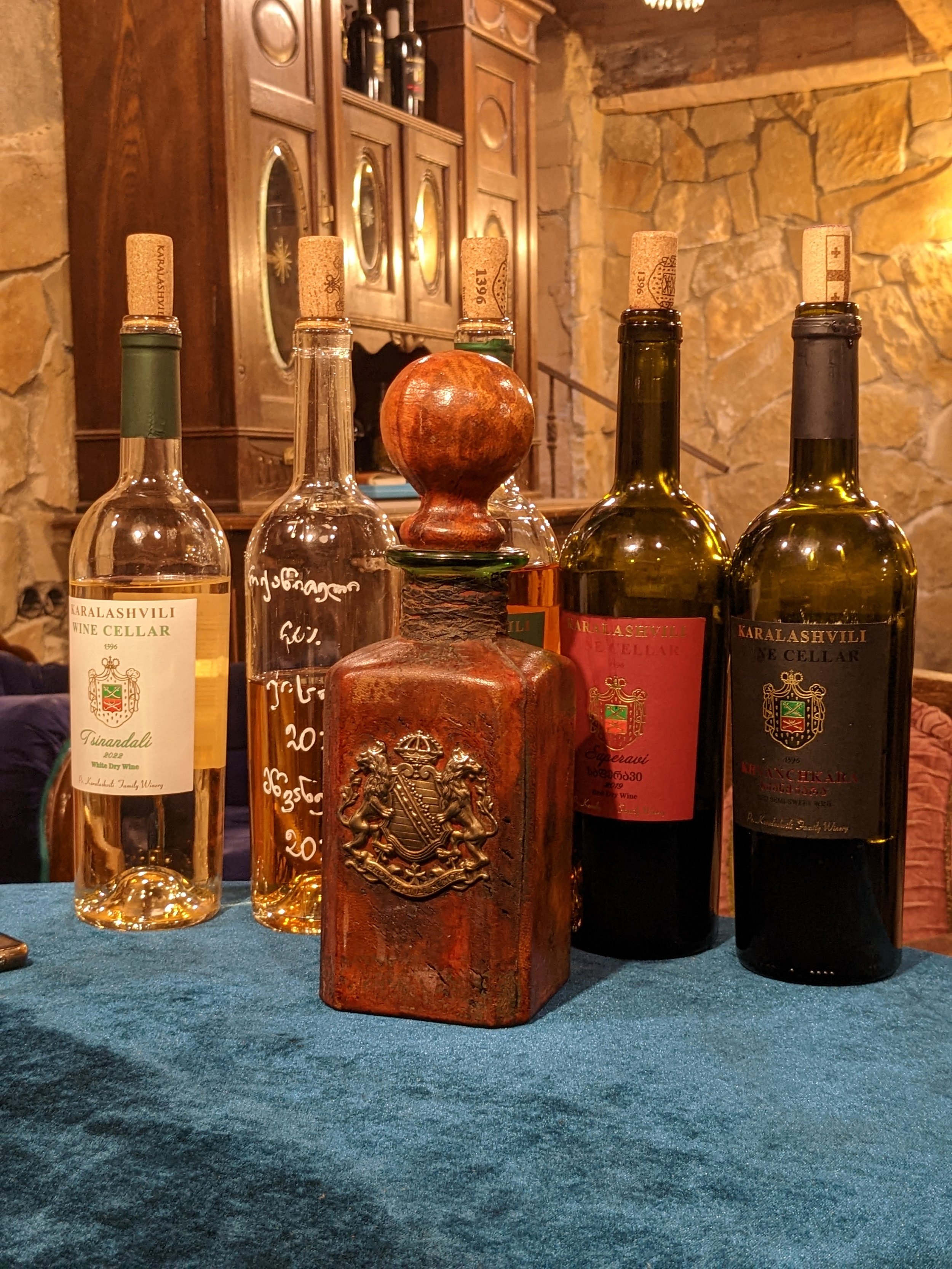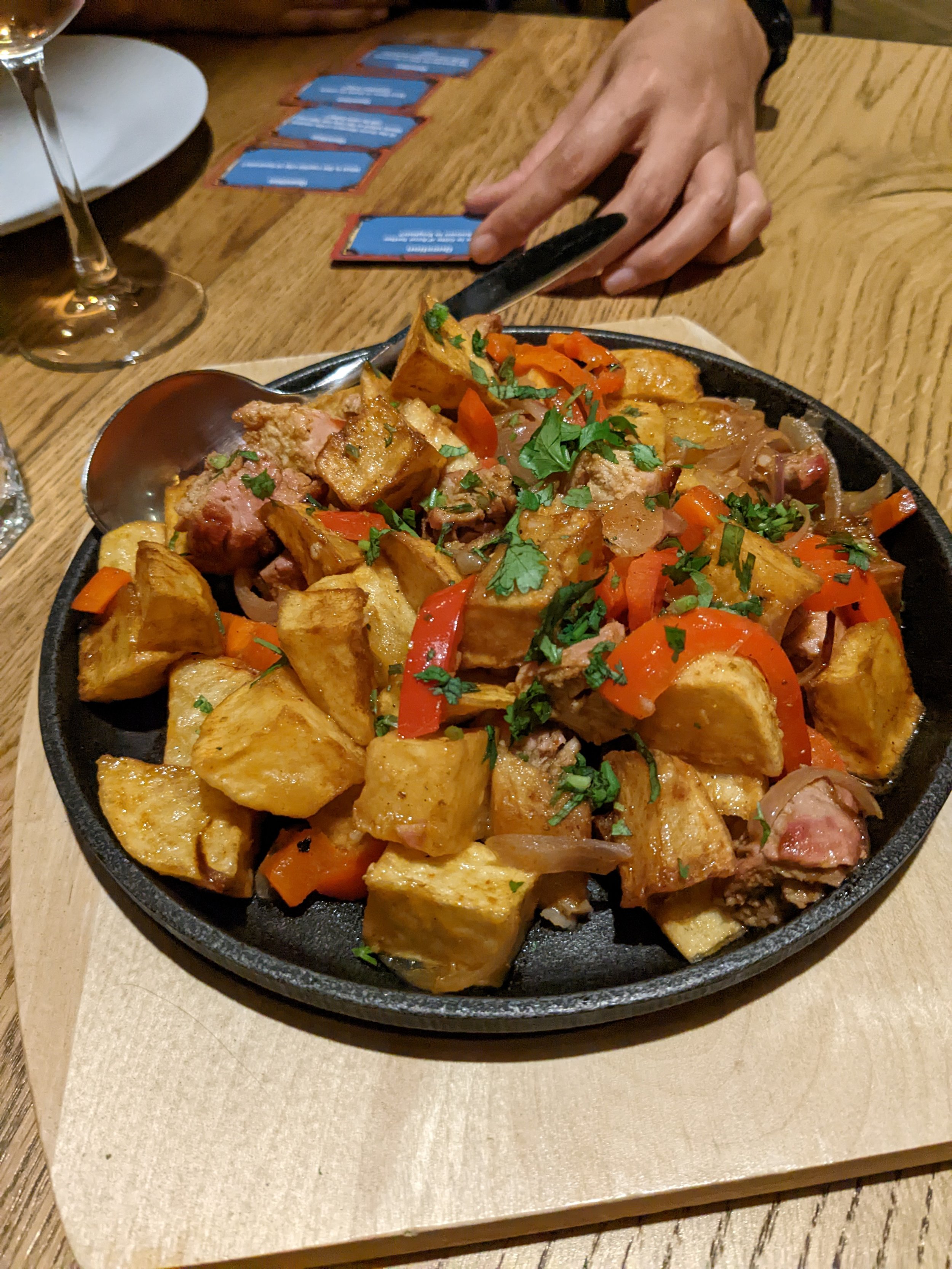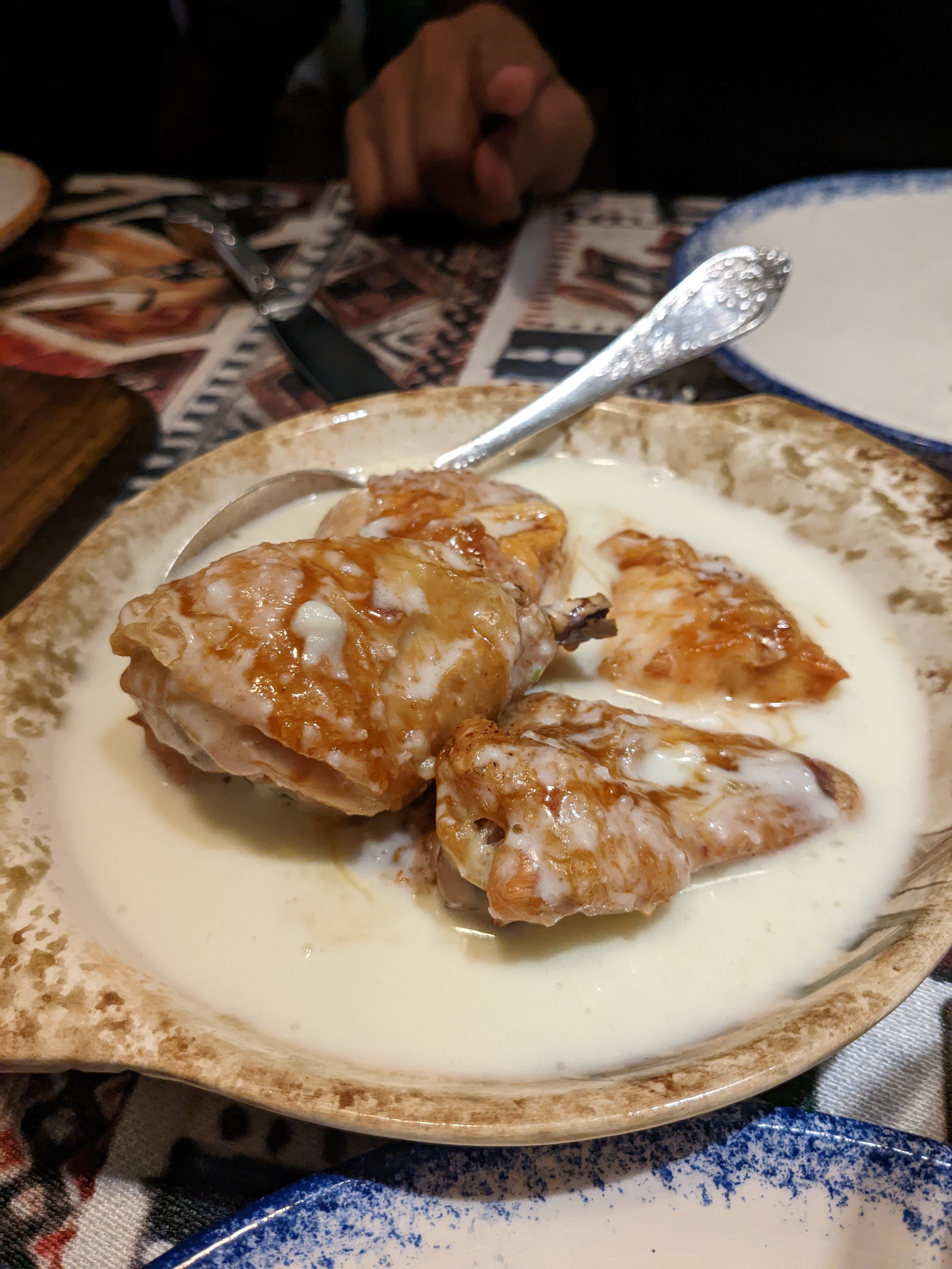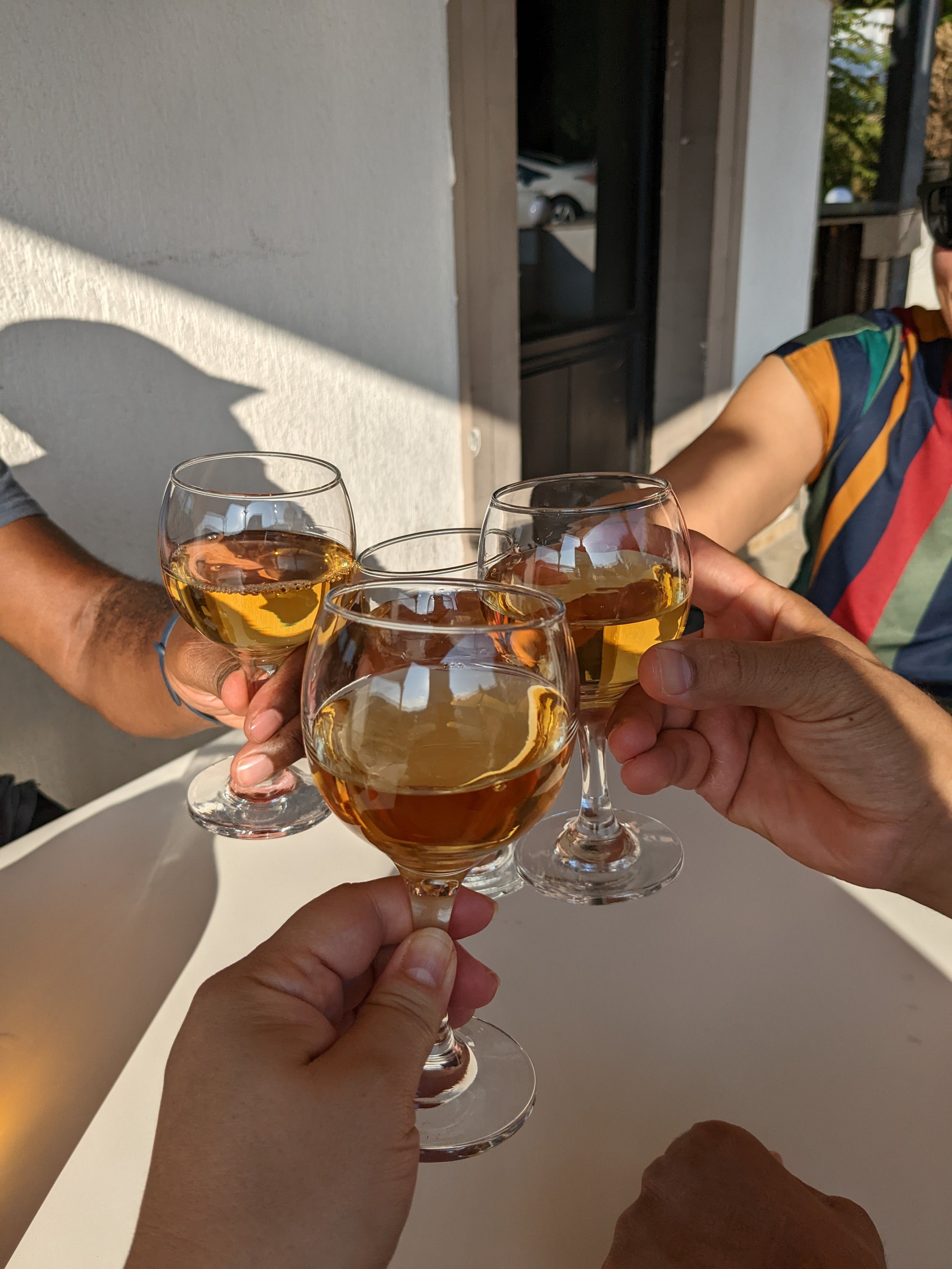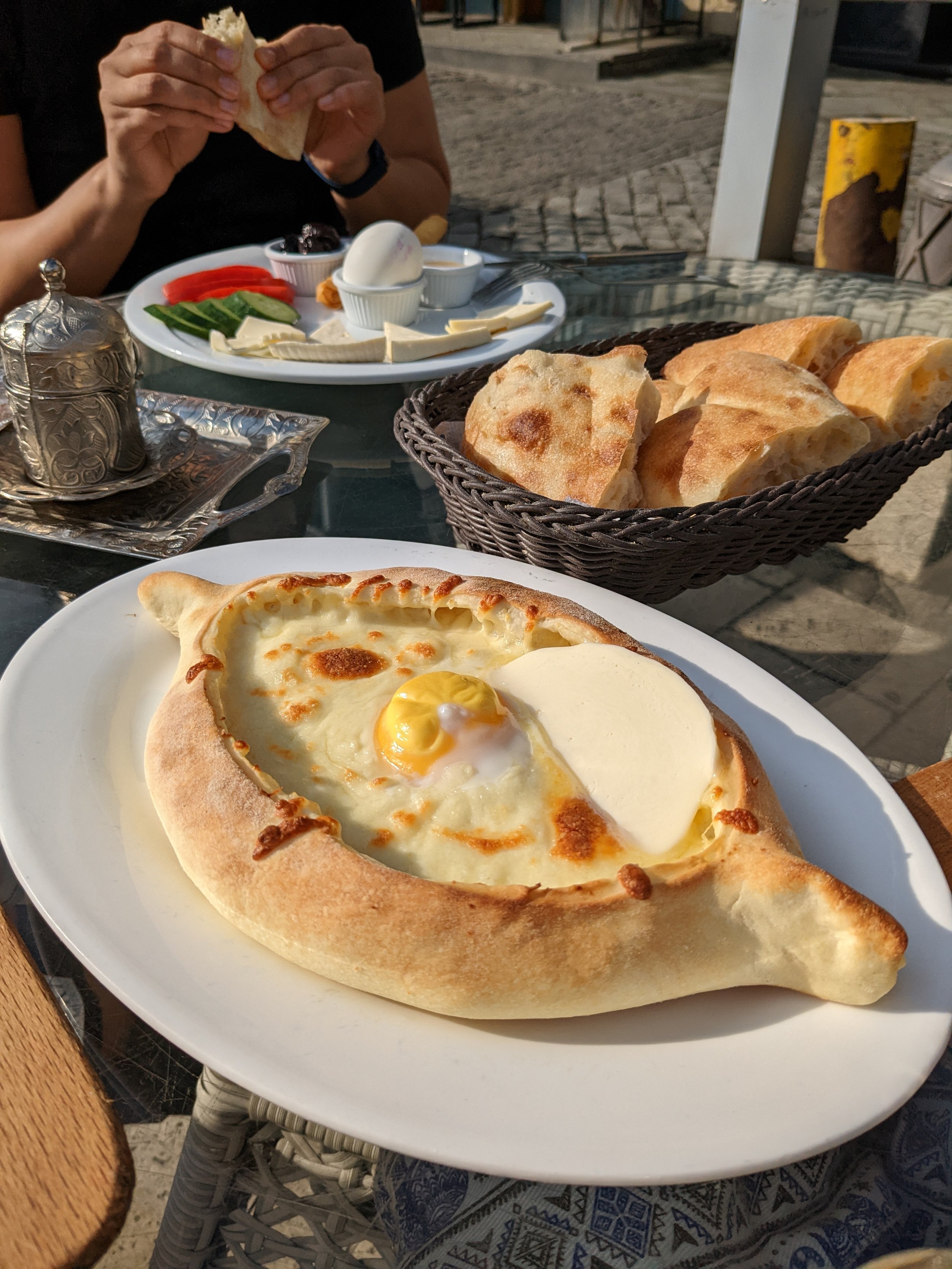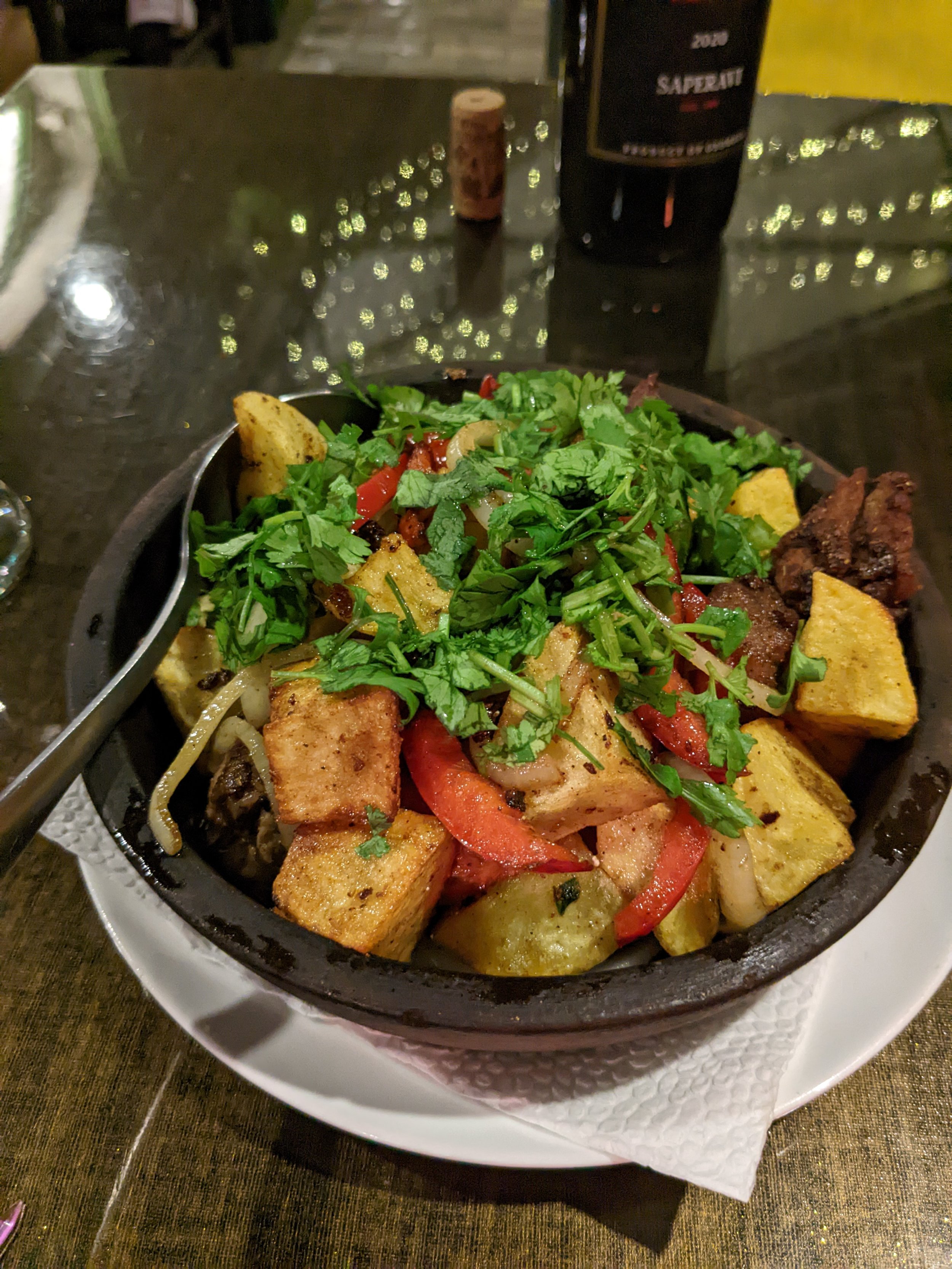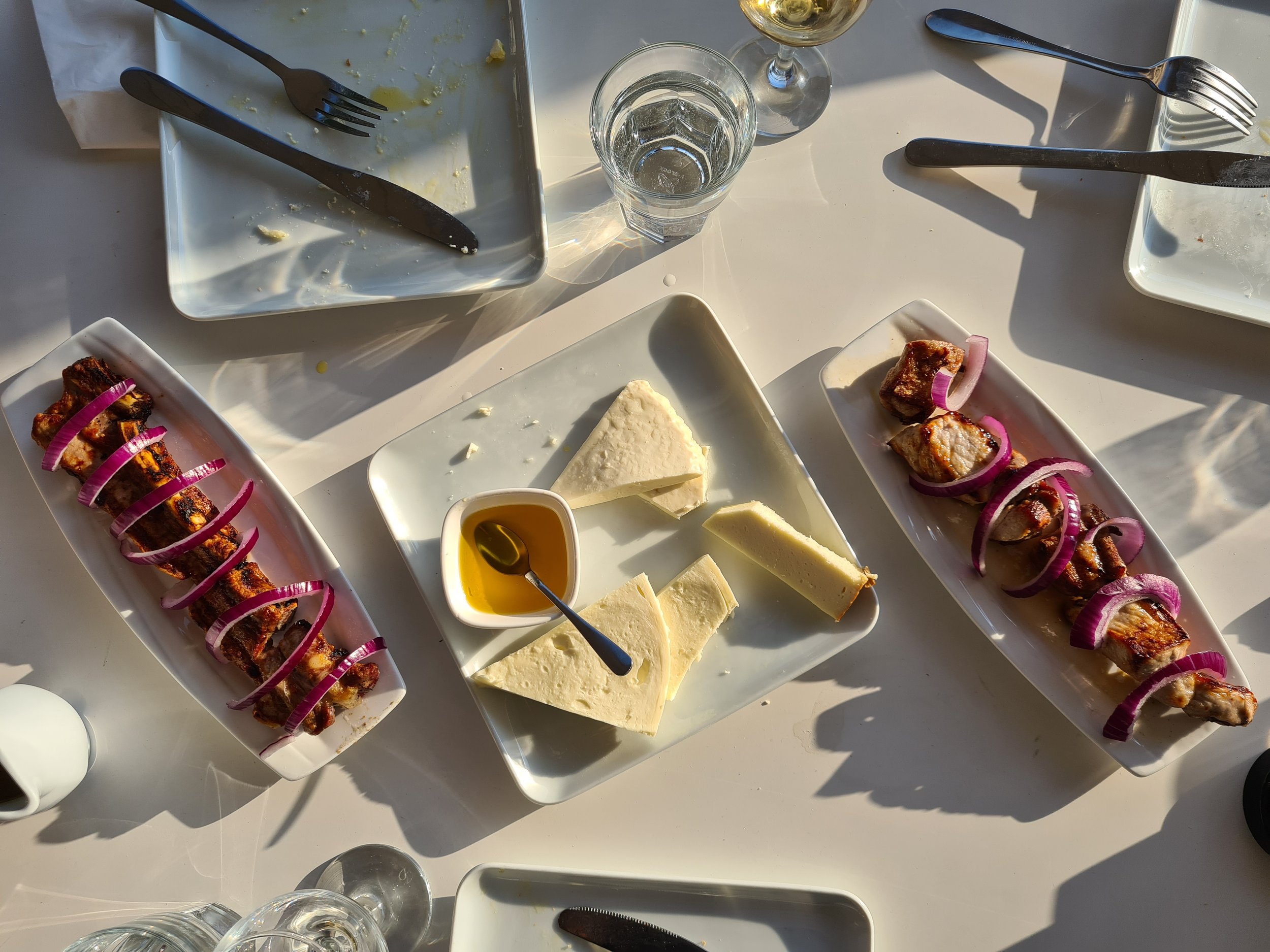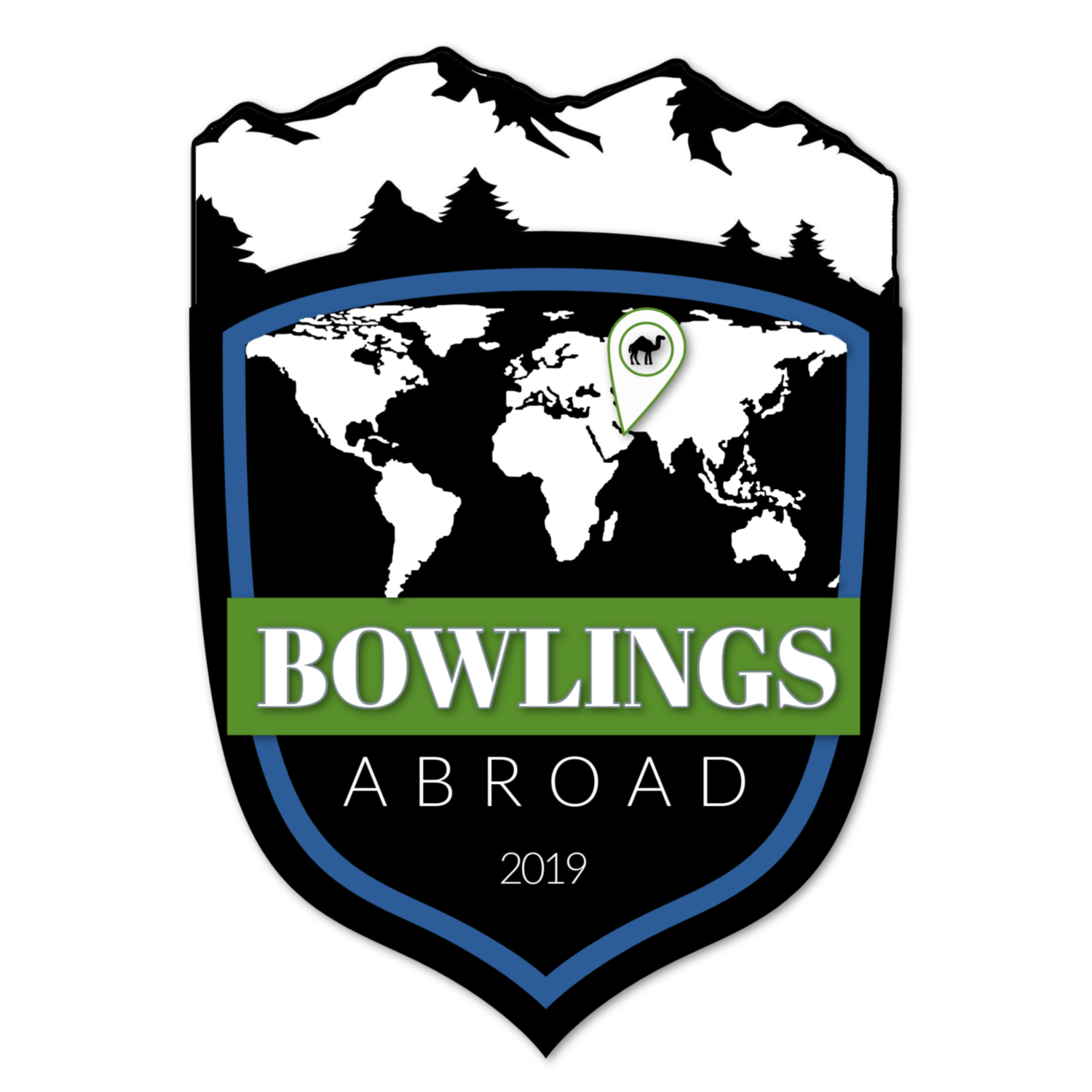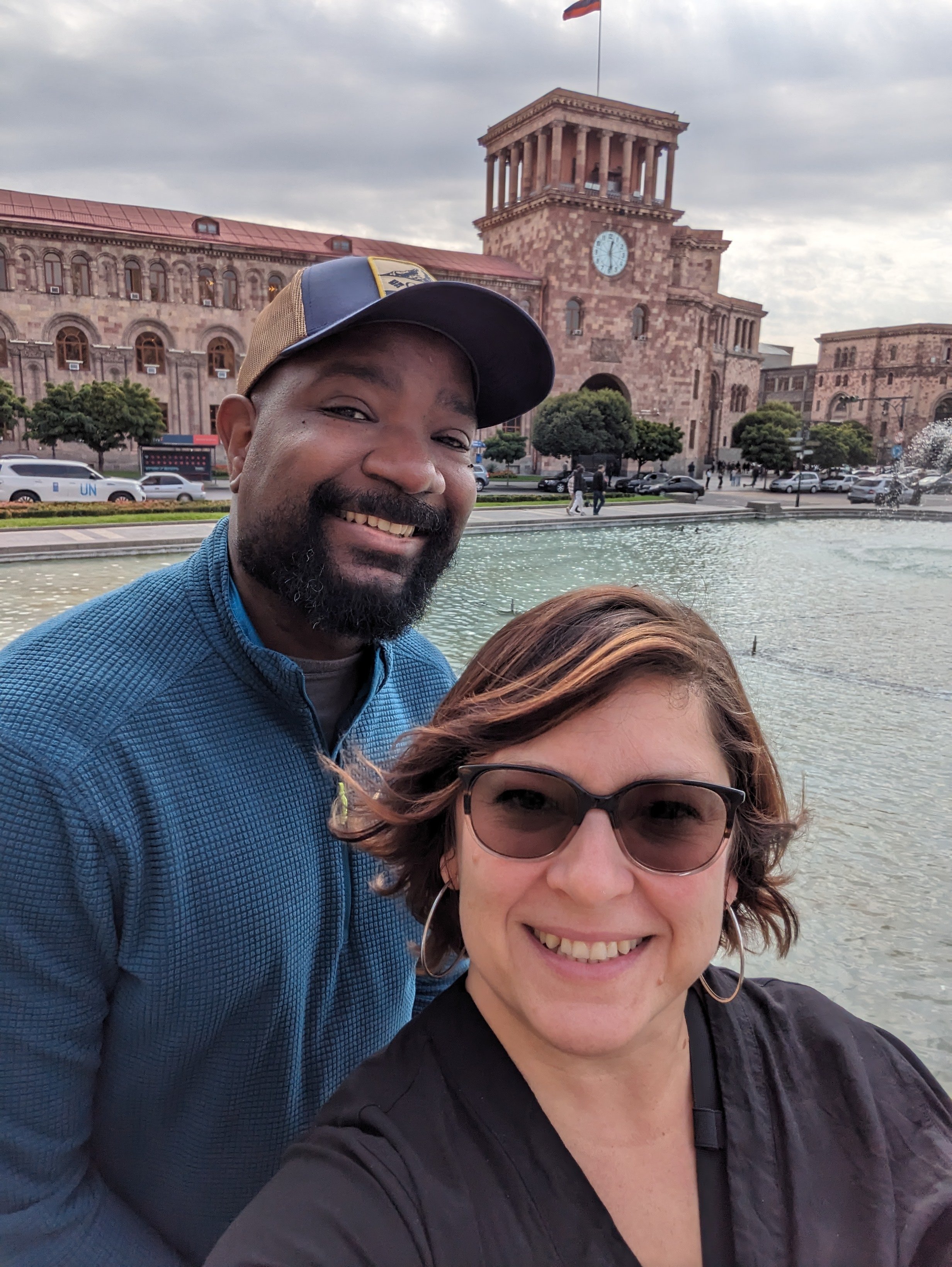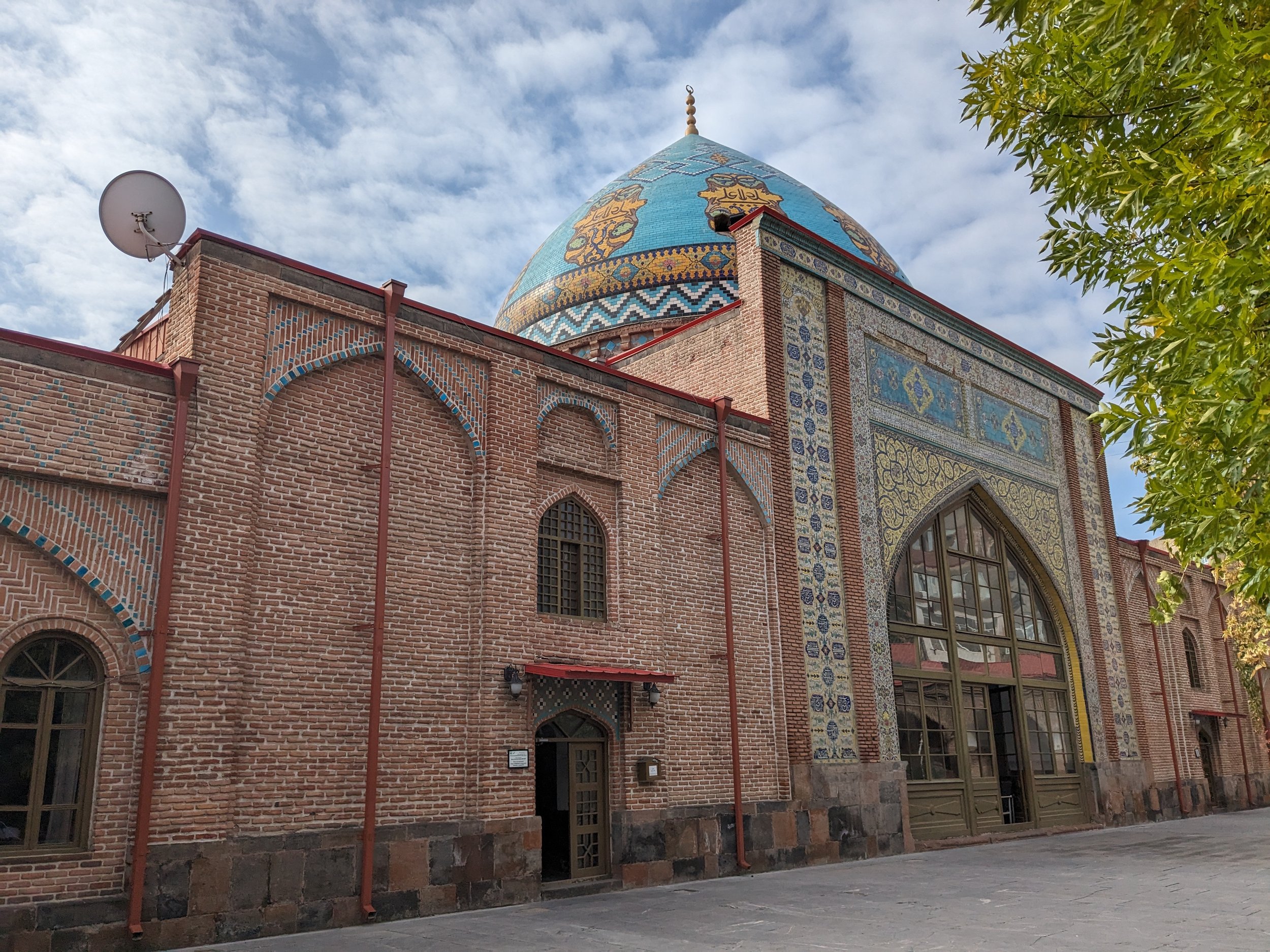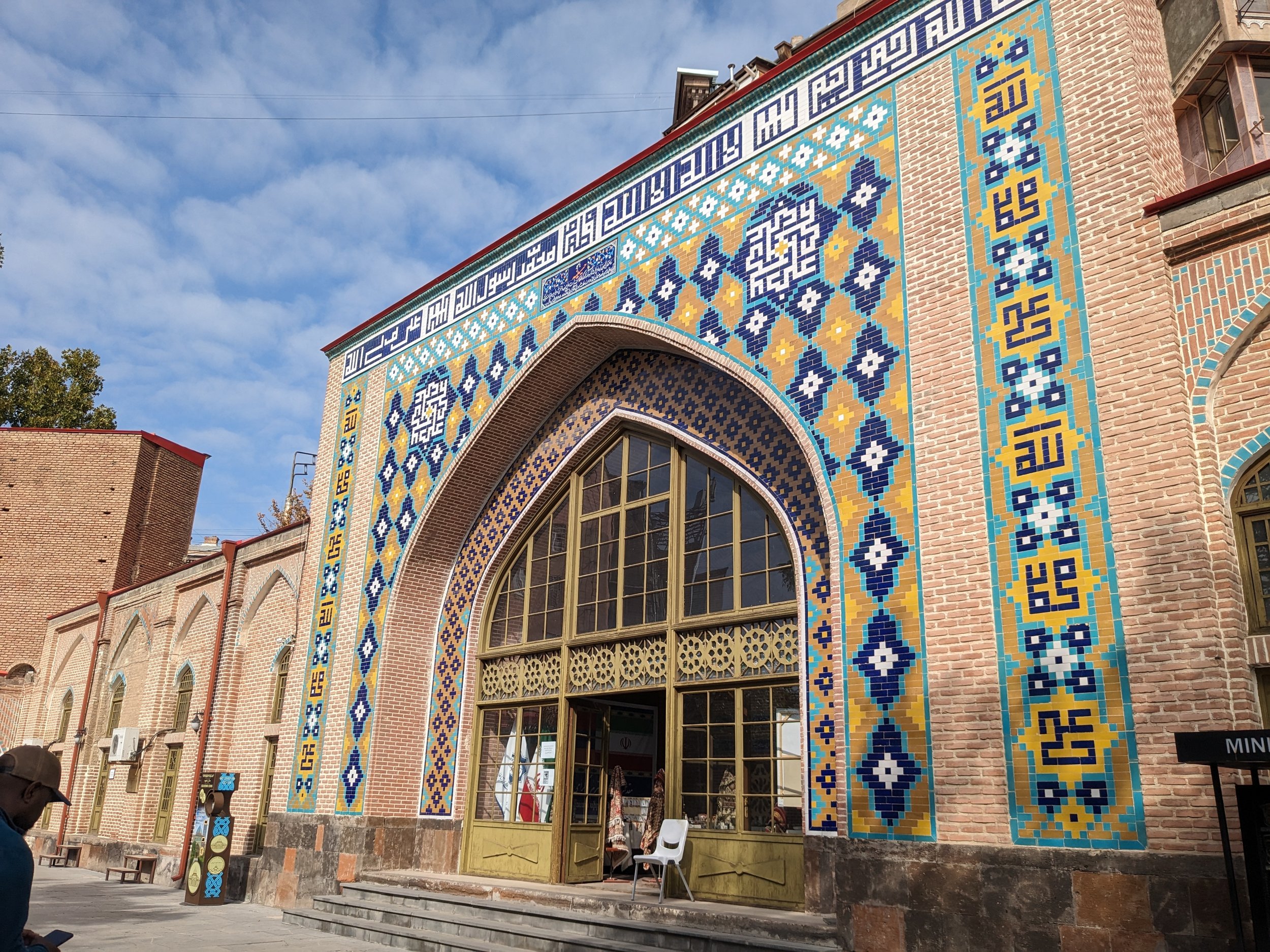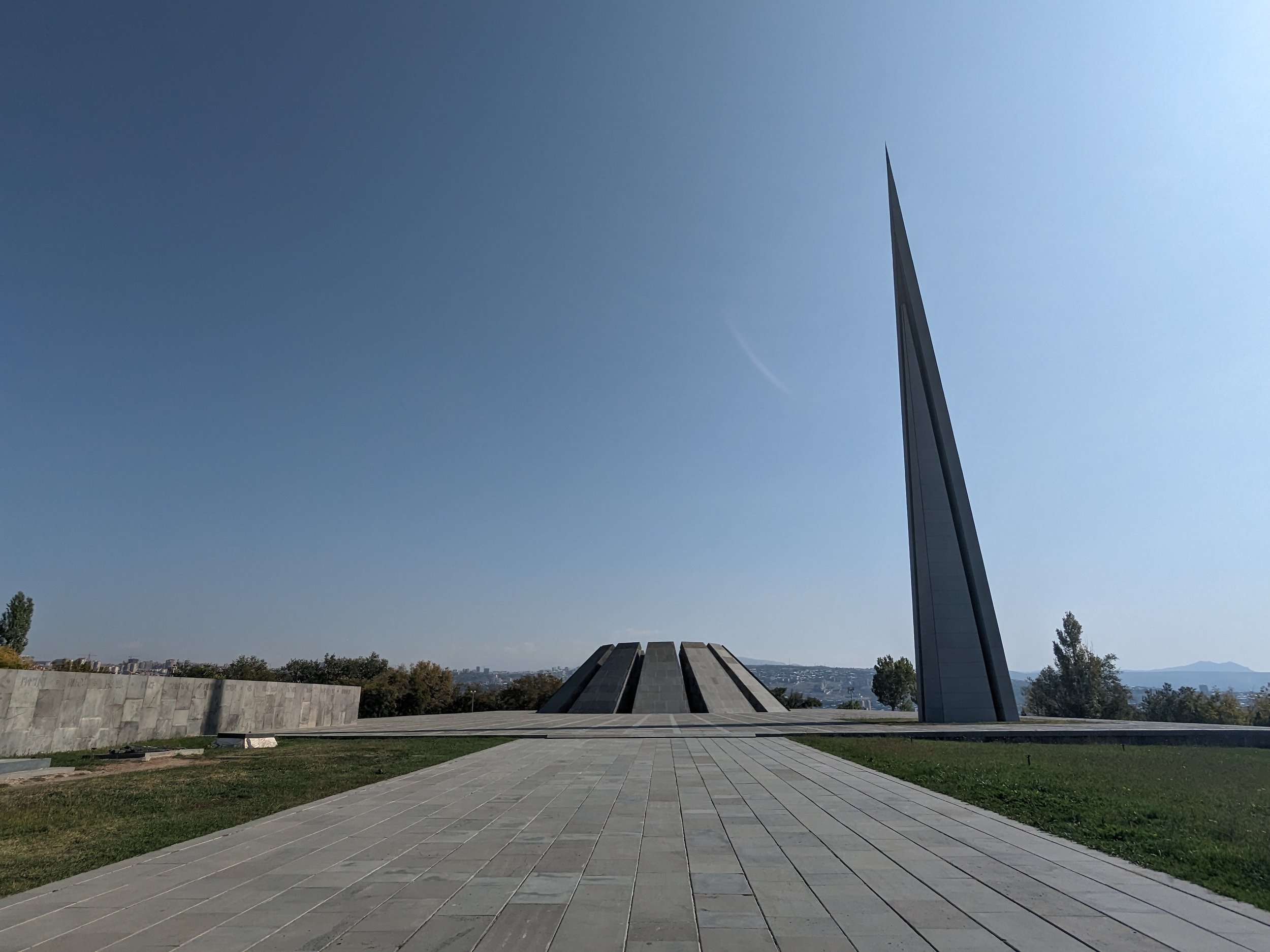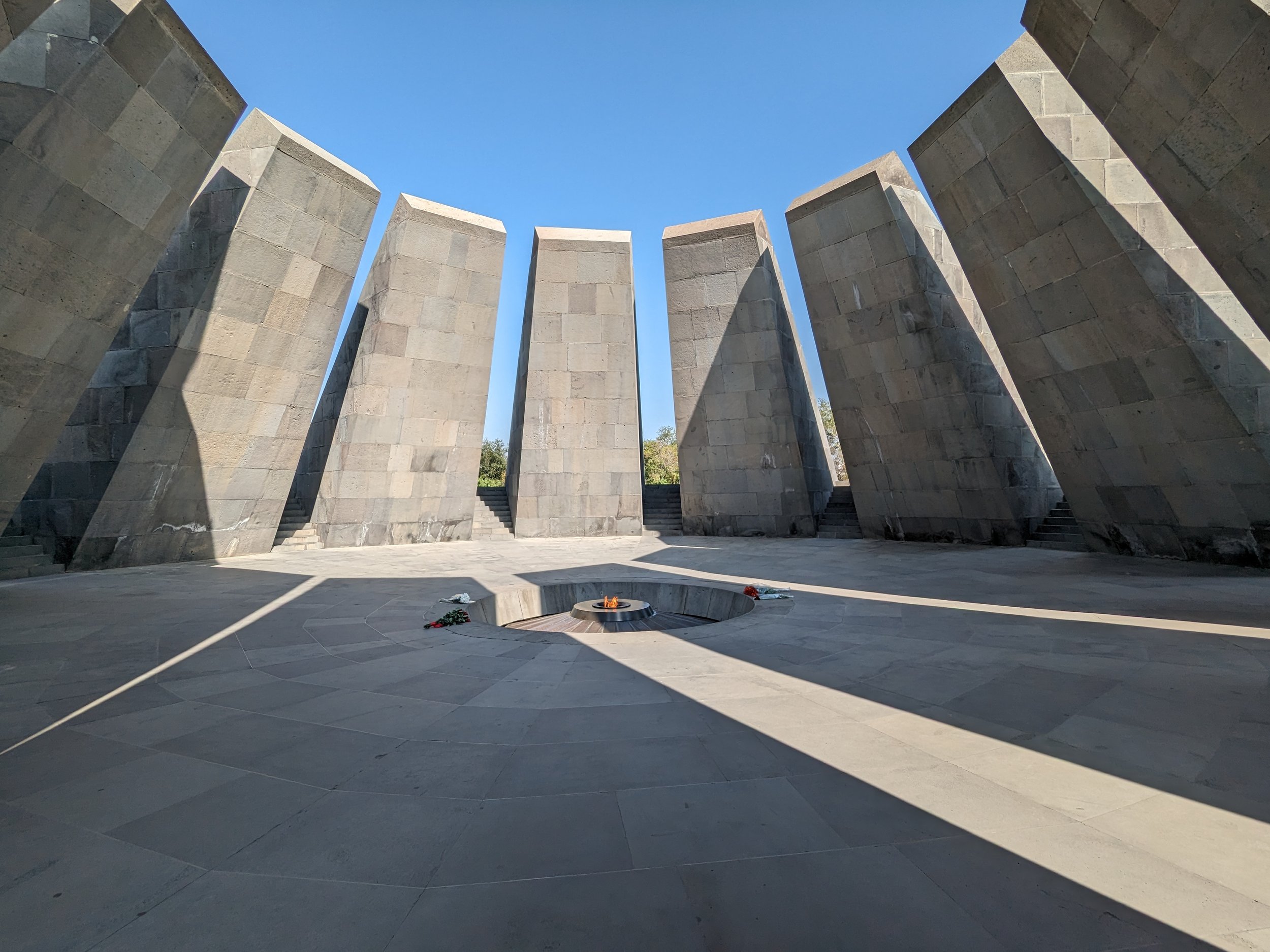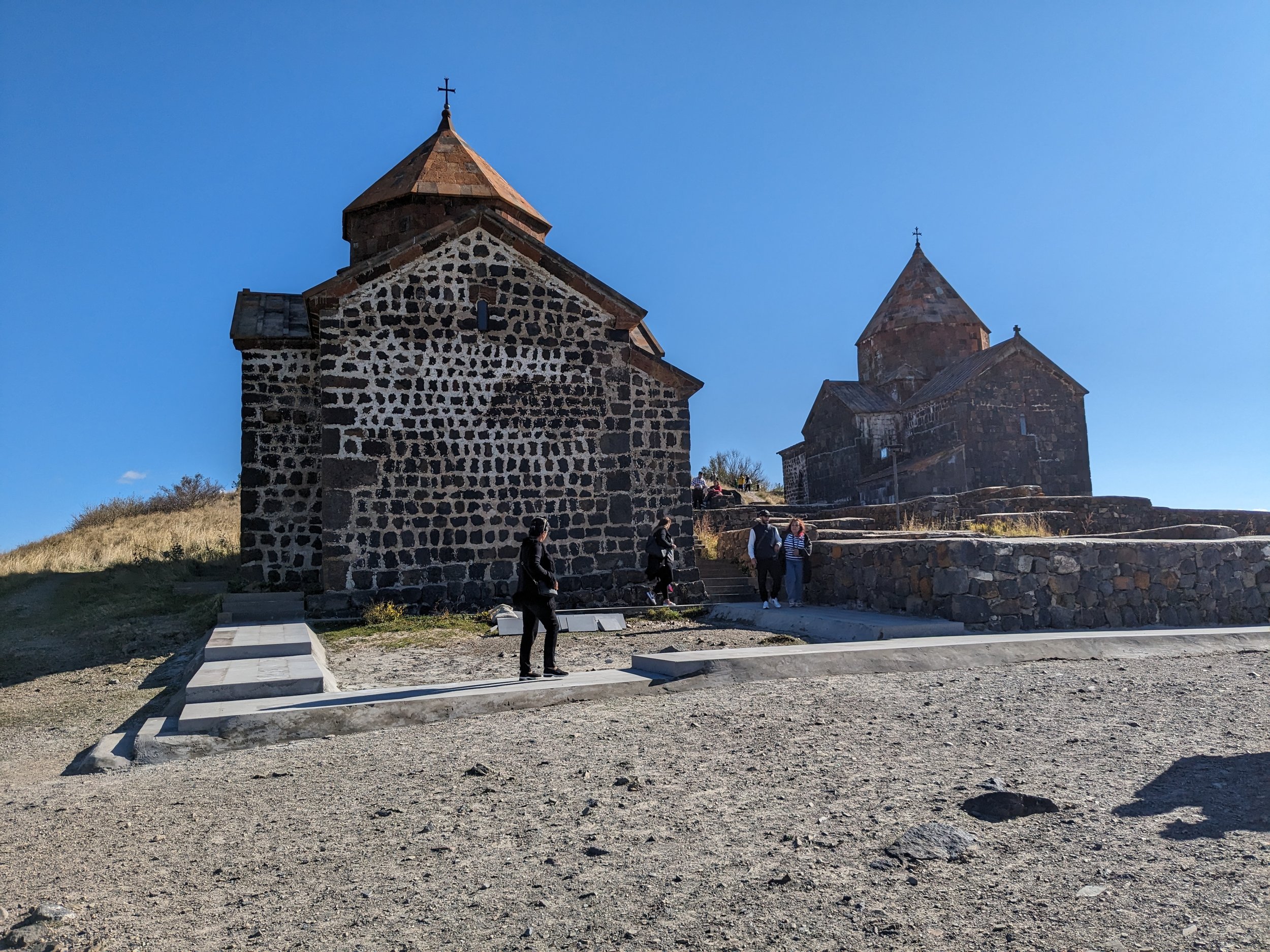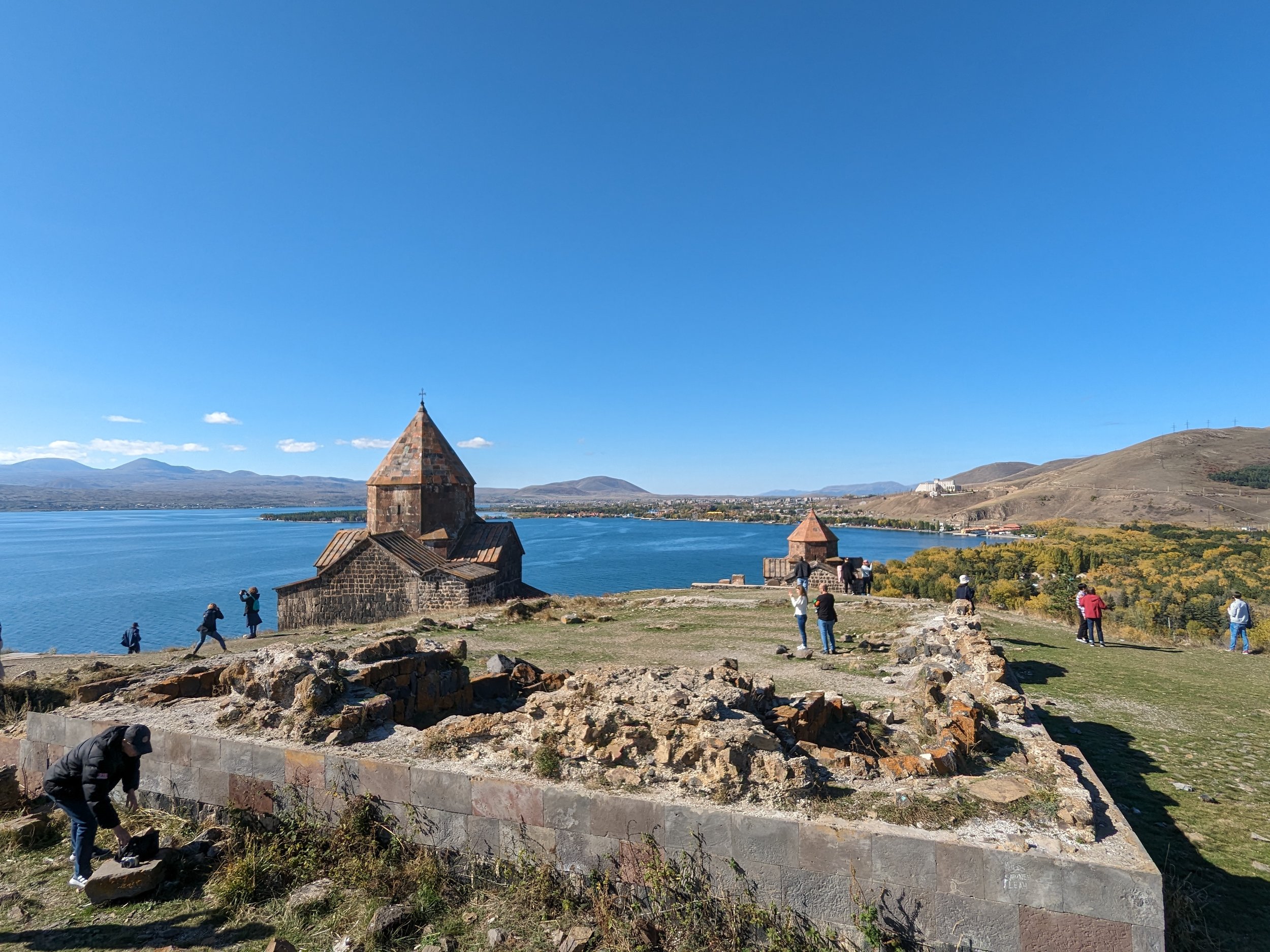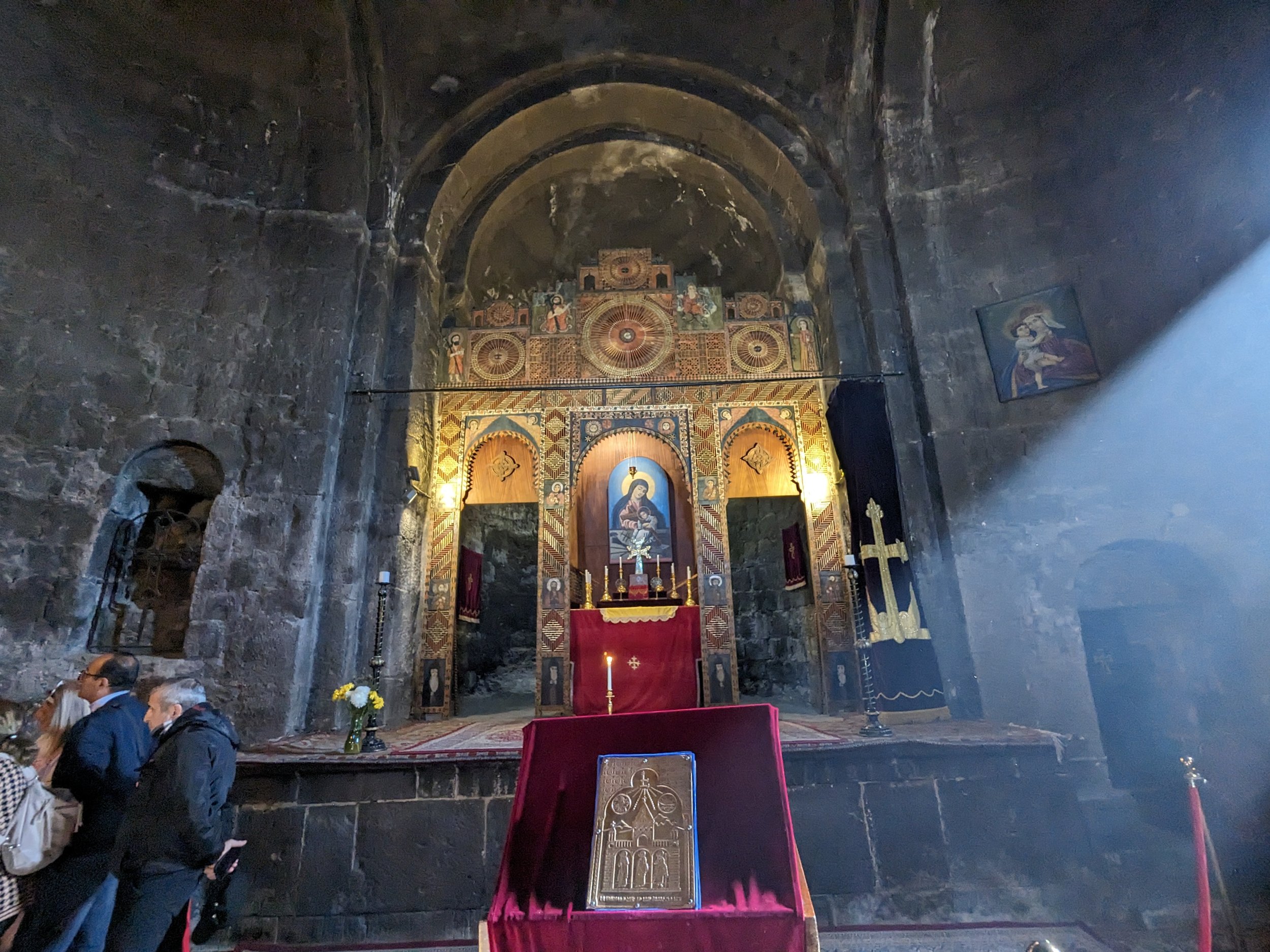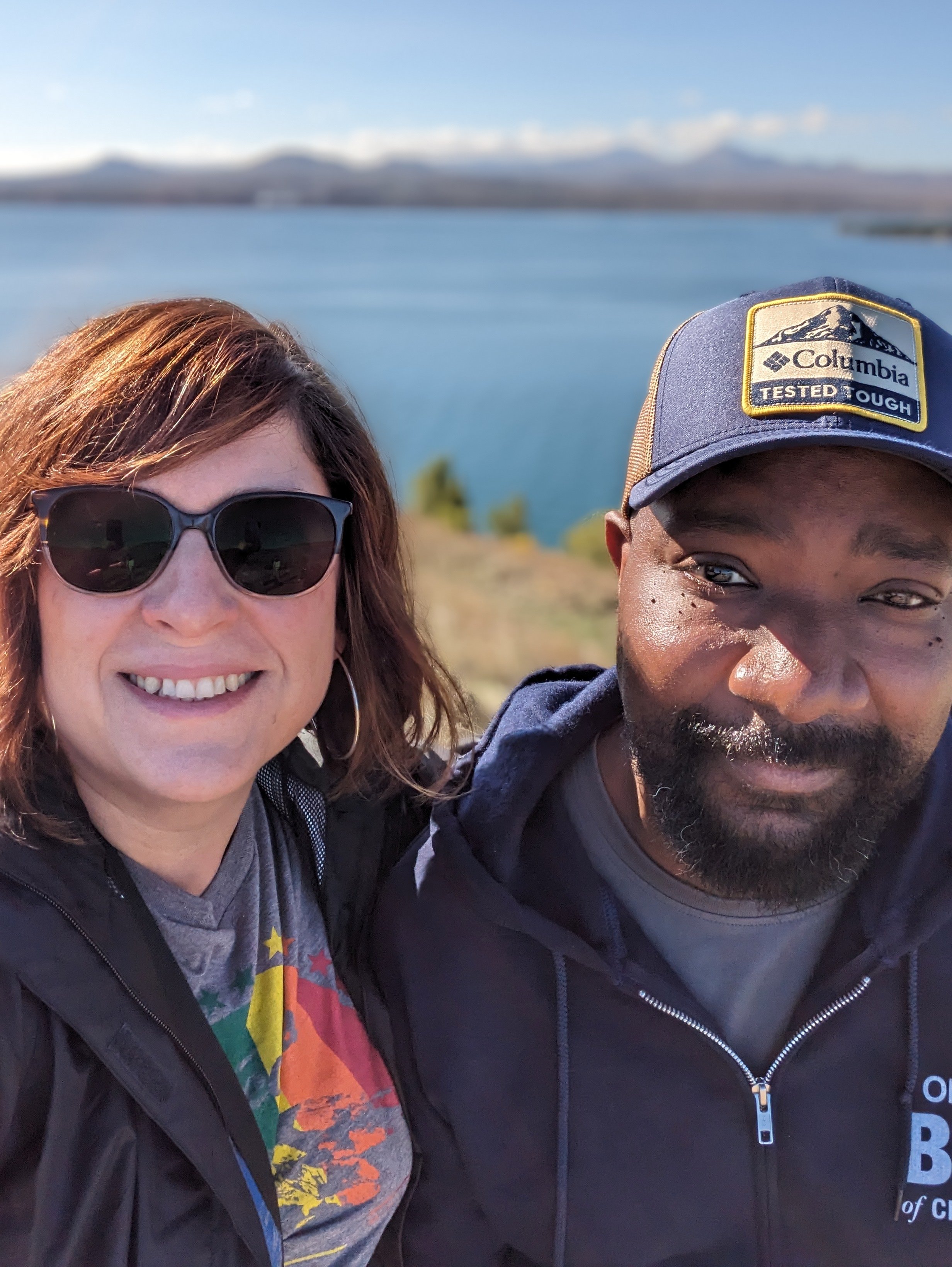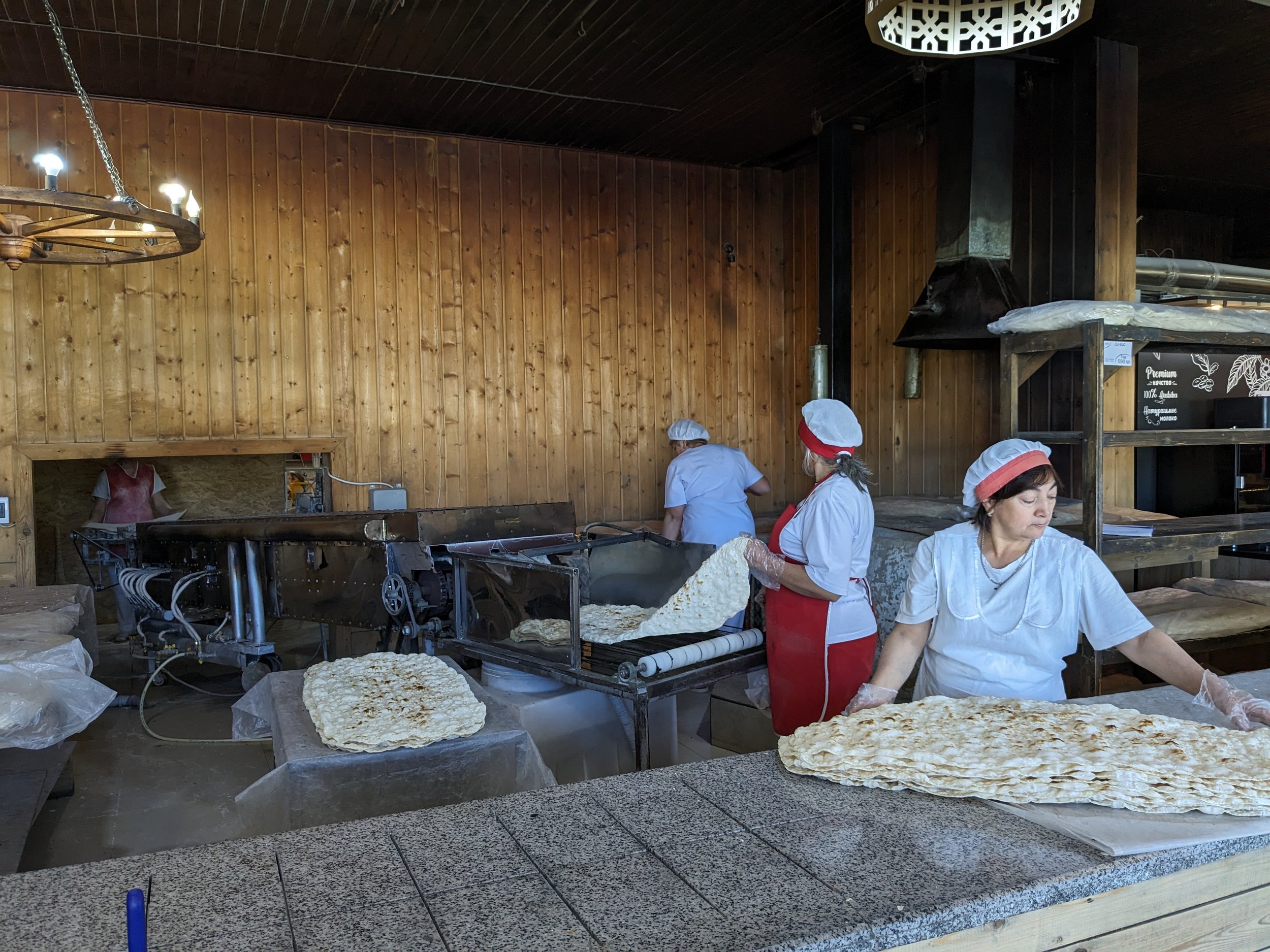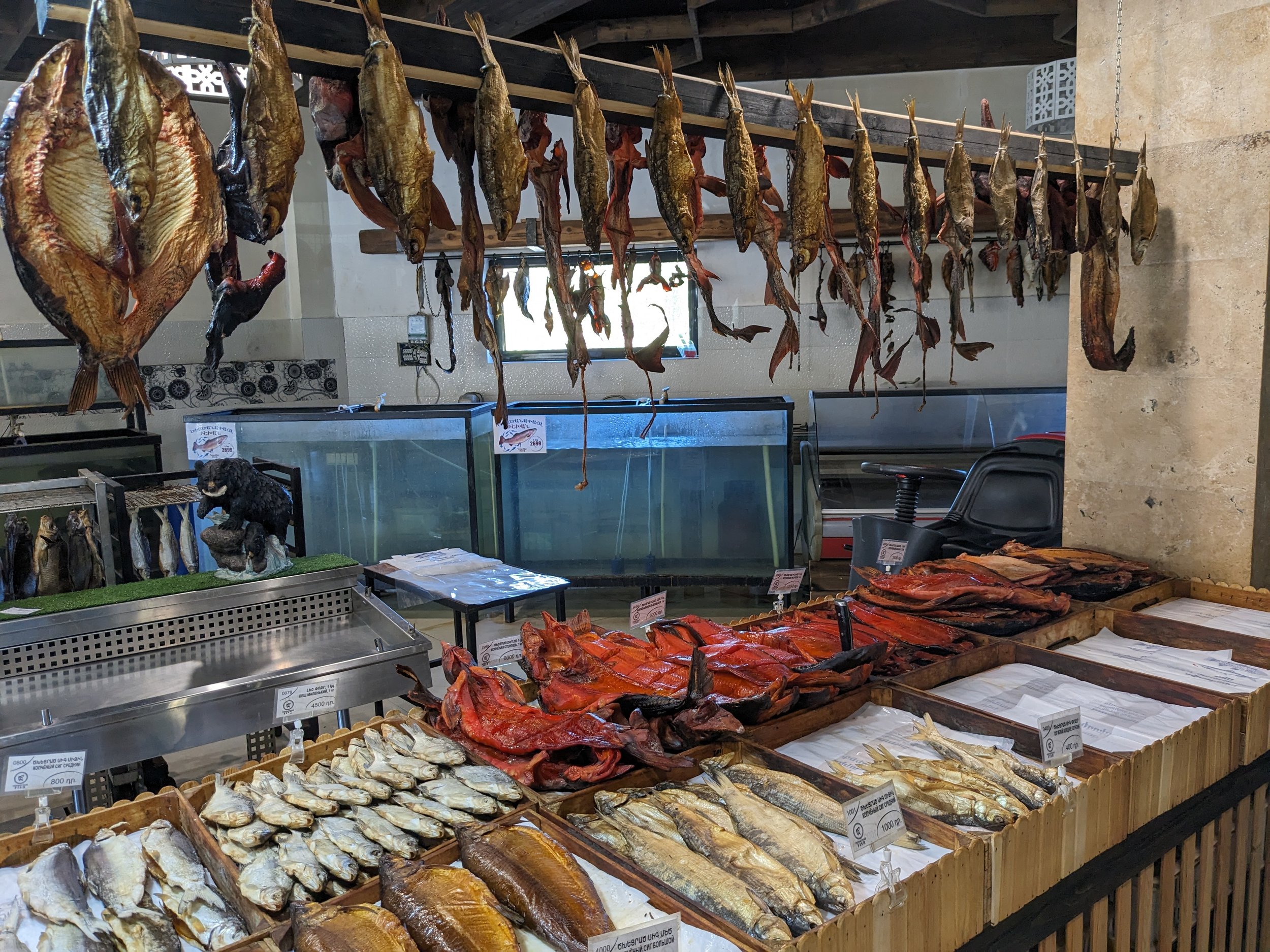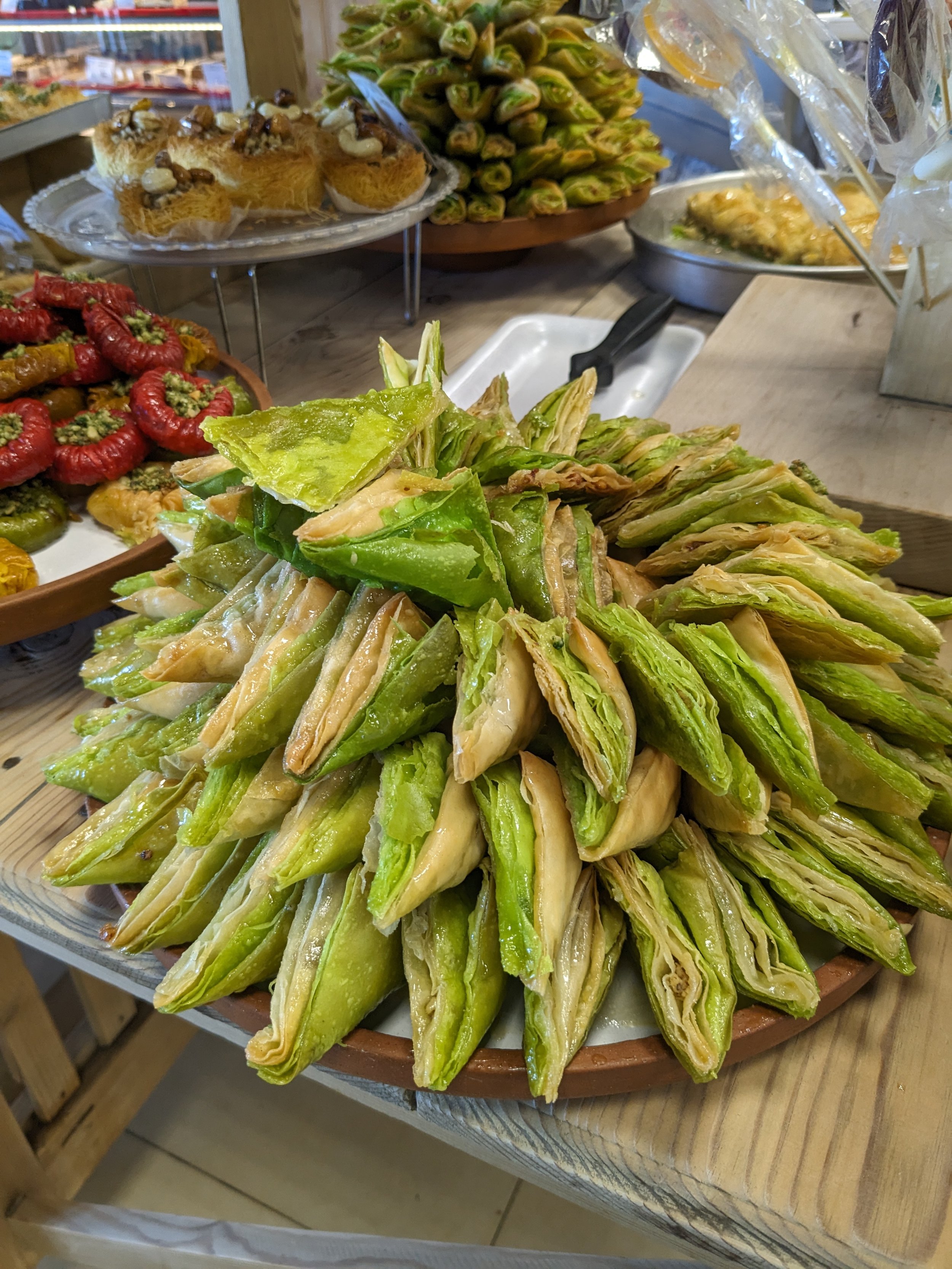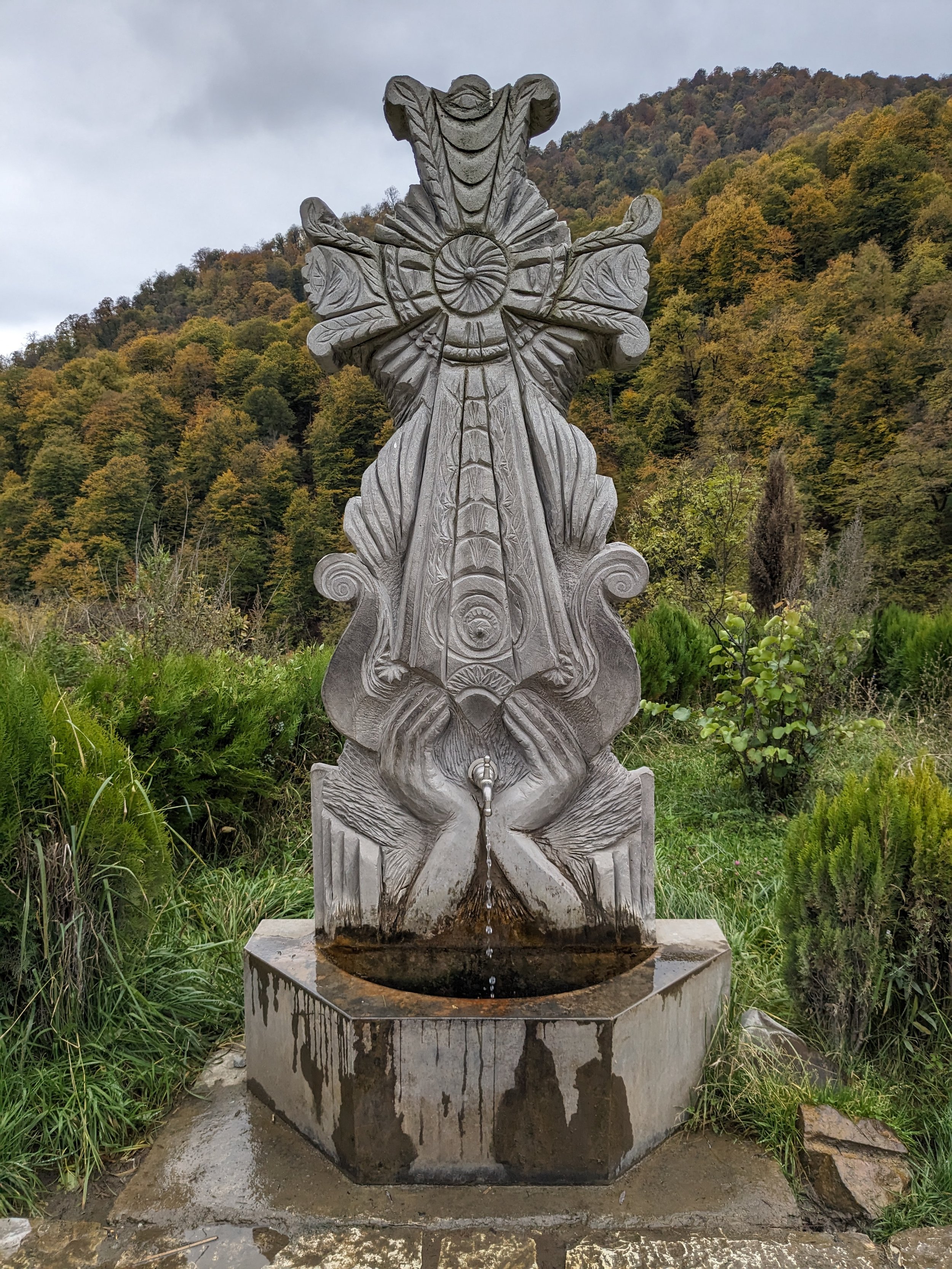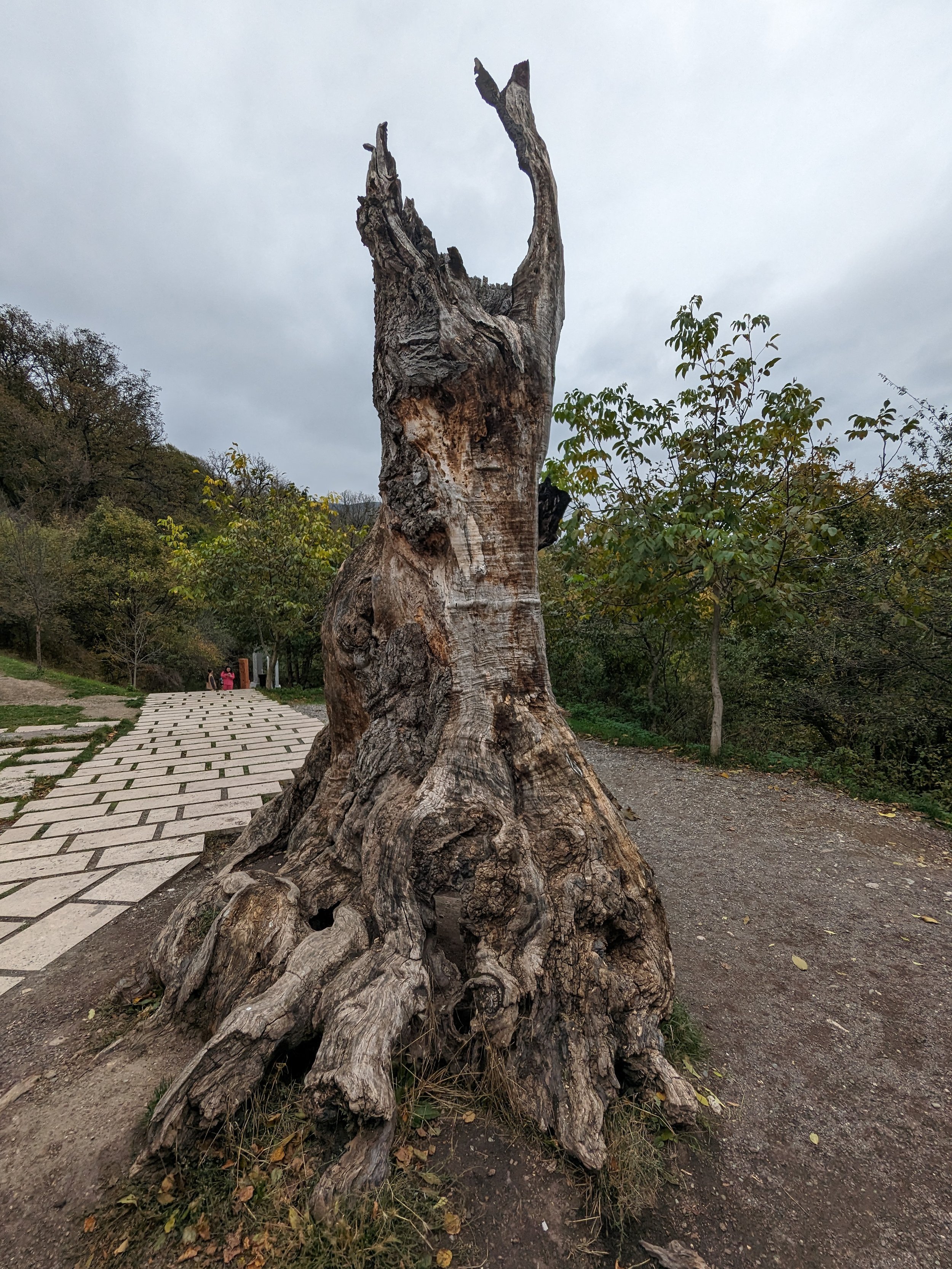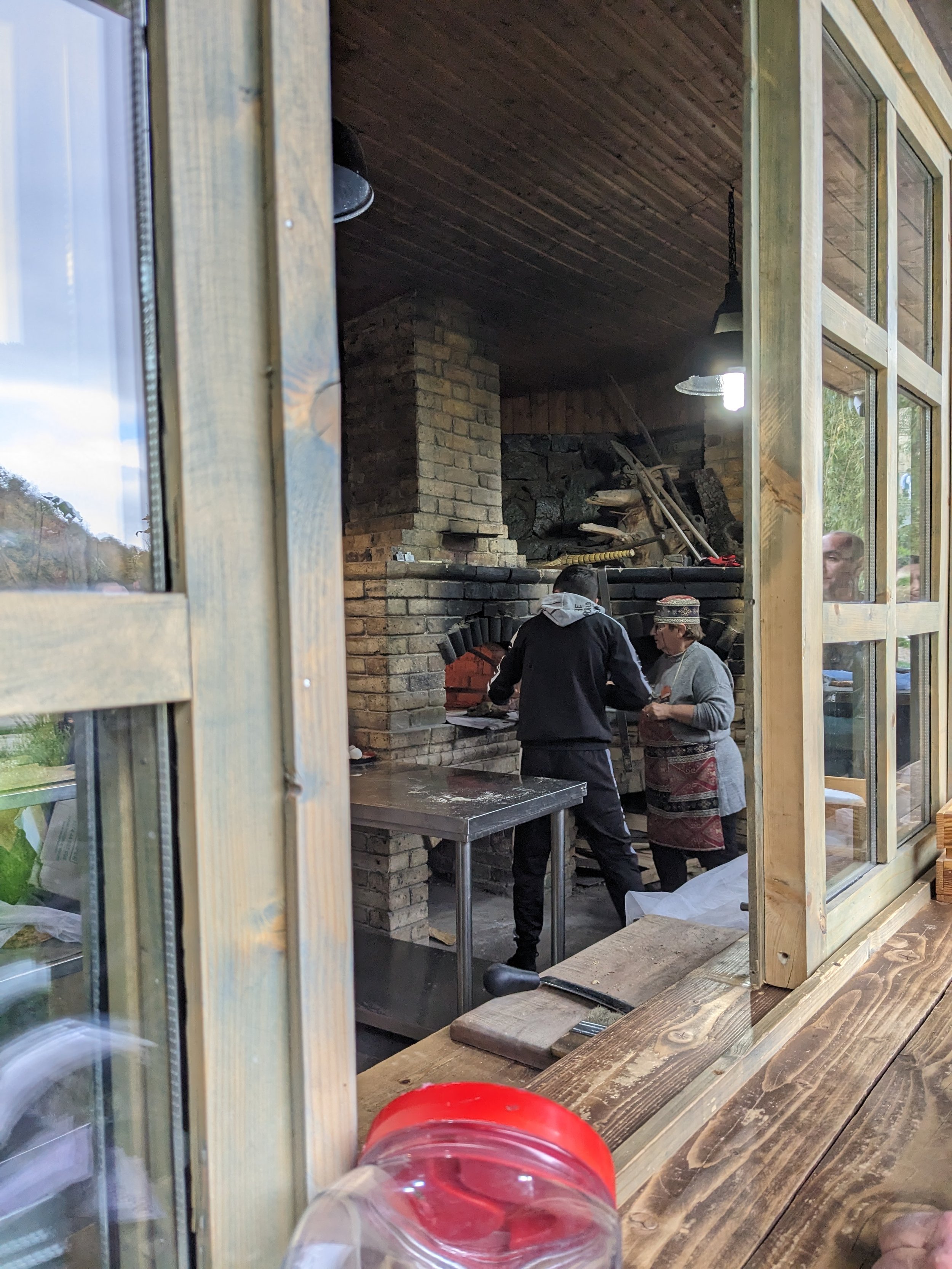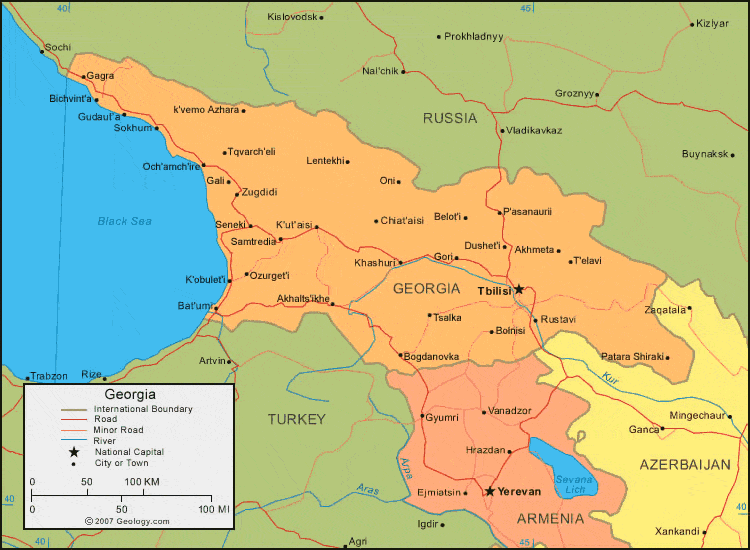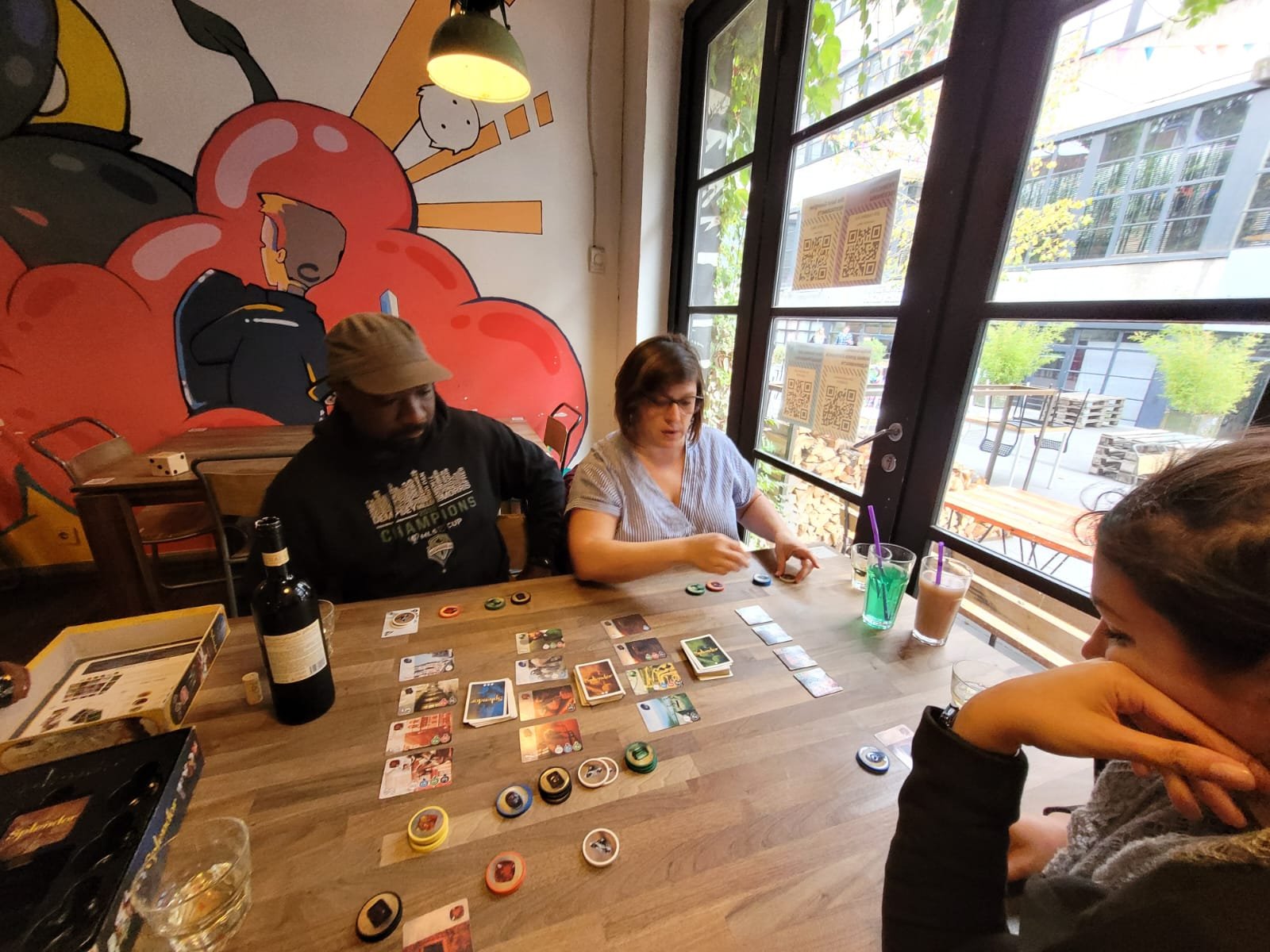Cornering the Caucasus: Yerevan
City Center, Yerevan
The crisp fall air hit our faces as we stepped outside the airport and bulky men with cigarettes precariously pinched between their lips offered “taxi?”
Yerevan in October is picturesque–reminiscent of any bustling city in the throes of the fall season. Red, orange, and yellow leaves dot the sidewalks. Couples laughing over wine or brandy at a local cafe. Tourists wide-eyed, trying to read signs in Armenian and English. Bakeries, hookah bars, and shaurma shops (yes, the spelling is different) line the street inviting you to take a moment for yourself.
One of our favorite things to do in a new city is just walk. We let “the spirit lead” the way as we turn down narrow alleyways, stop for an espresso, or decide to pause at a beautiful church.
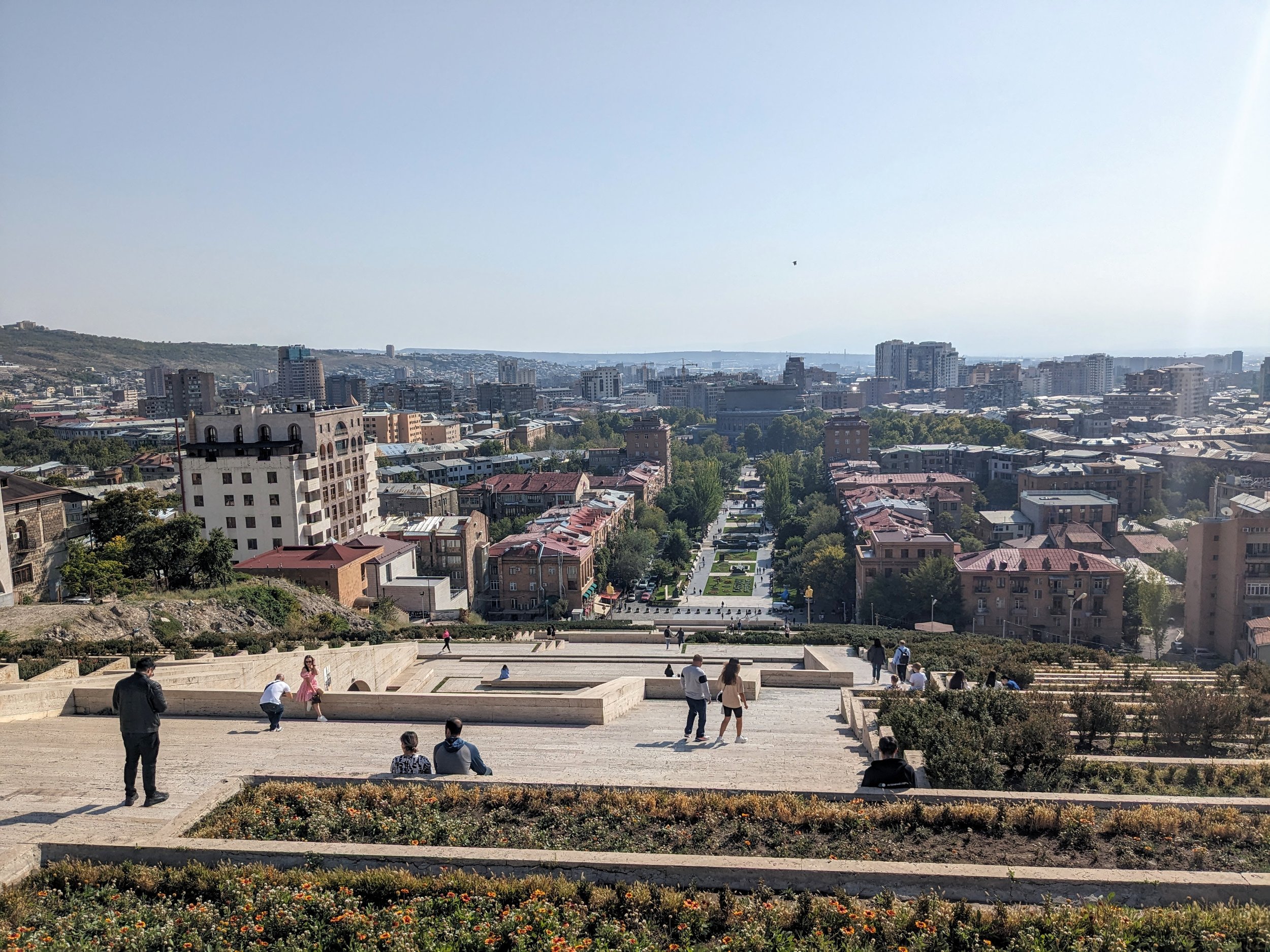

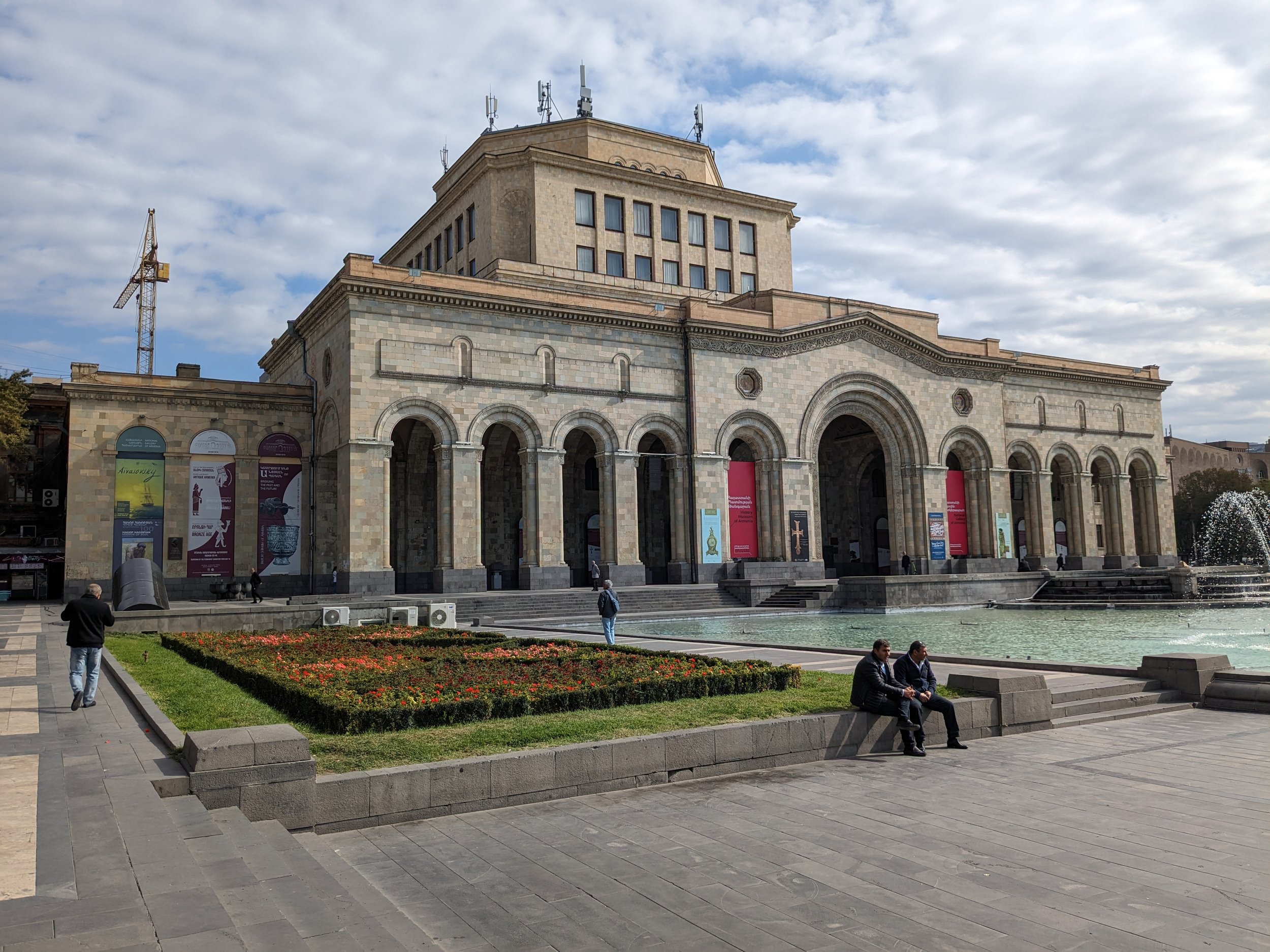
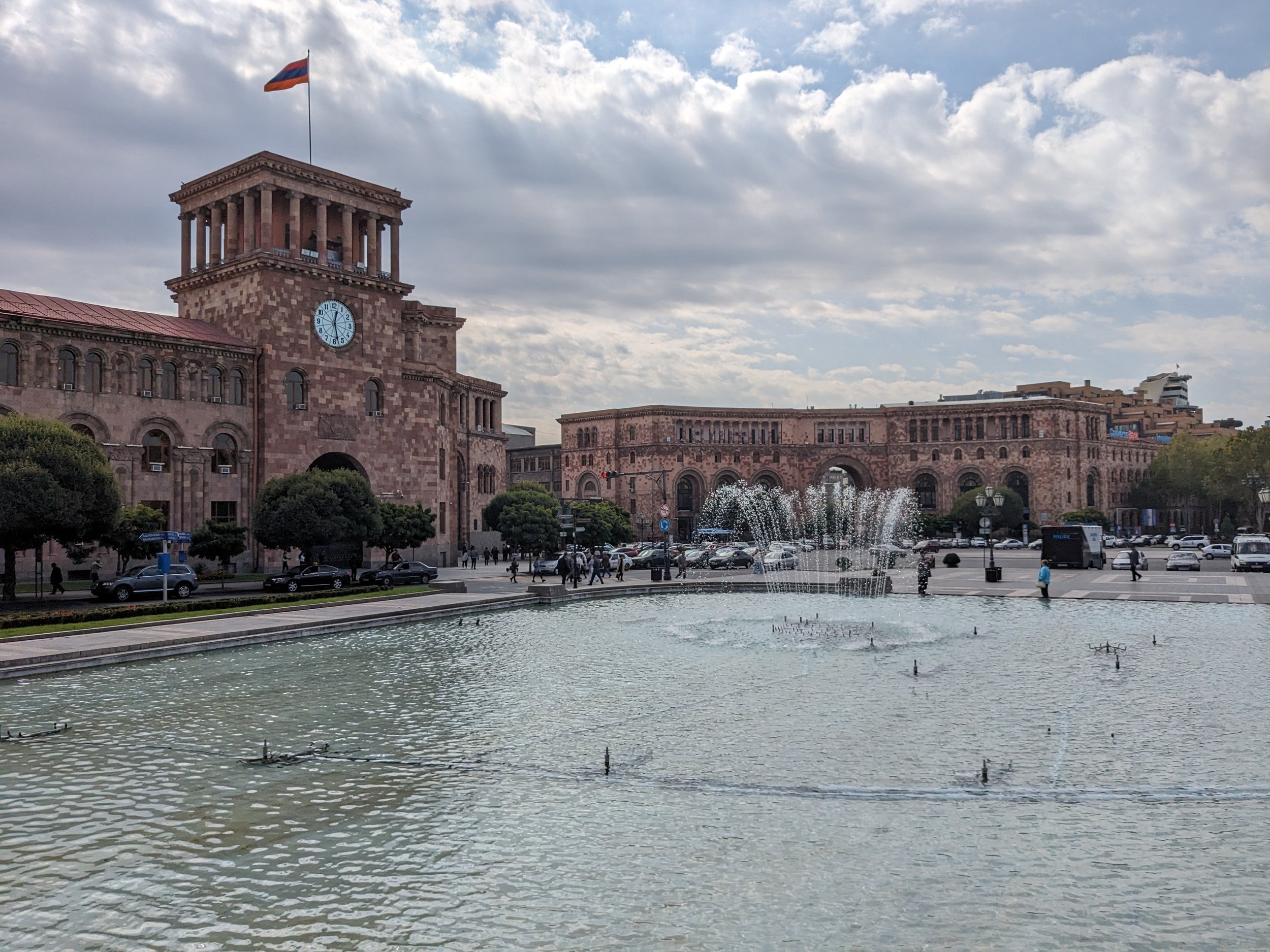
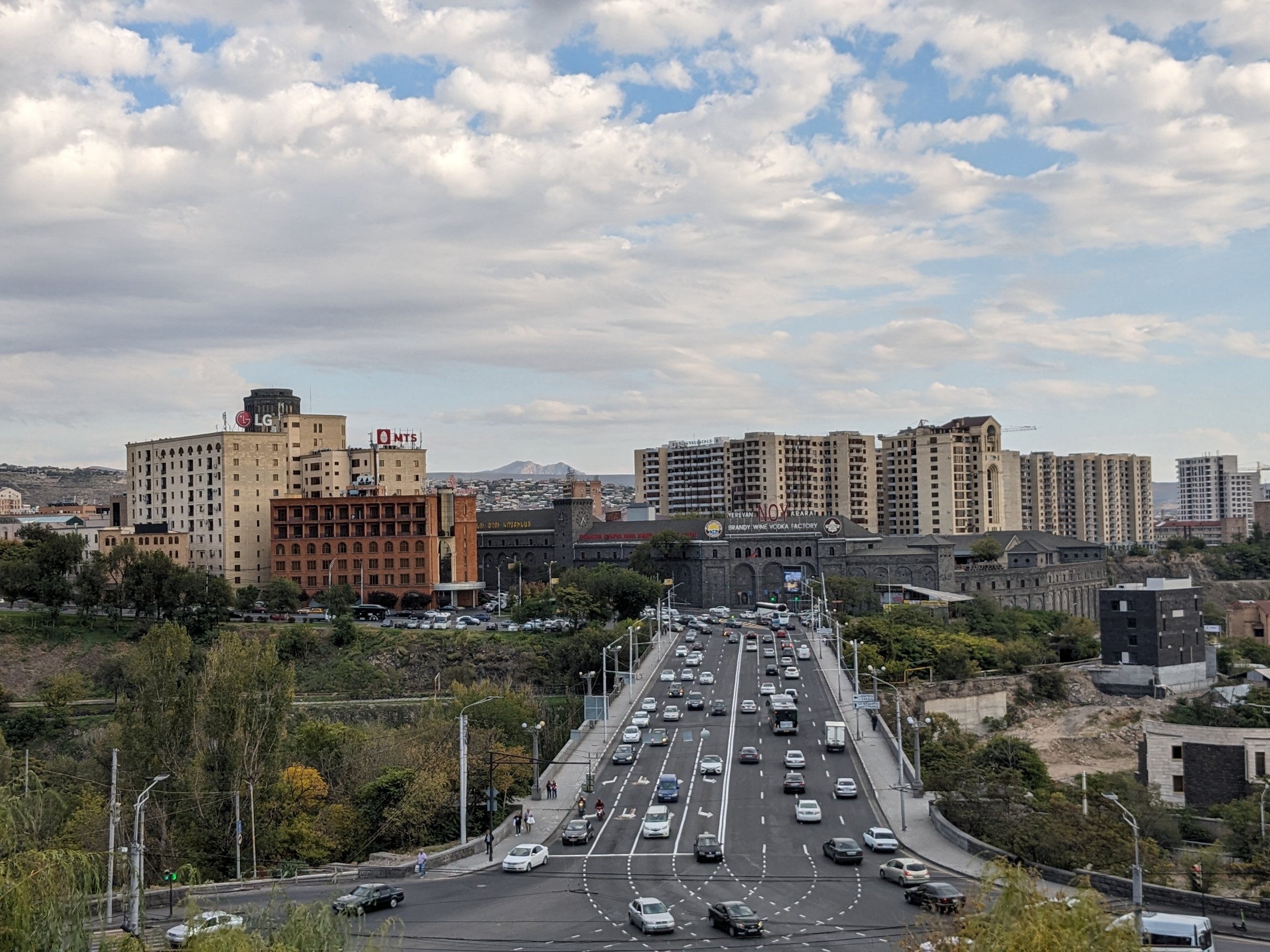
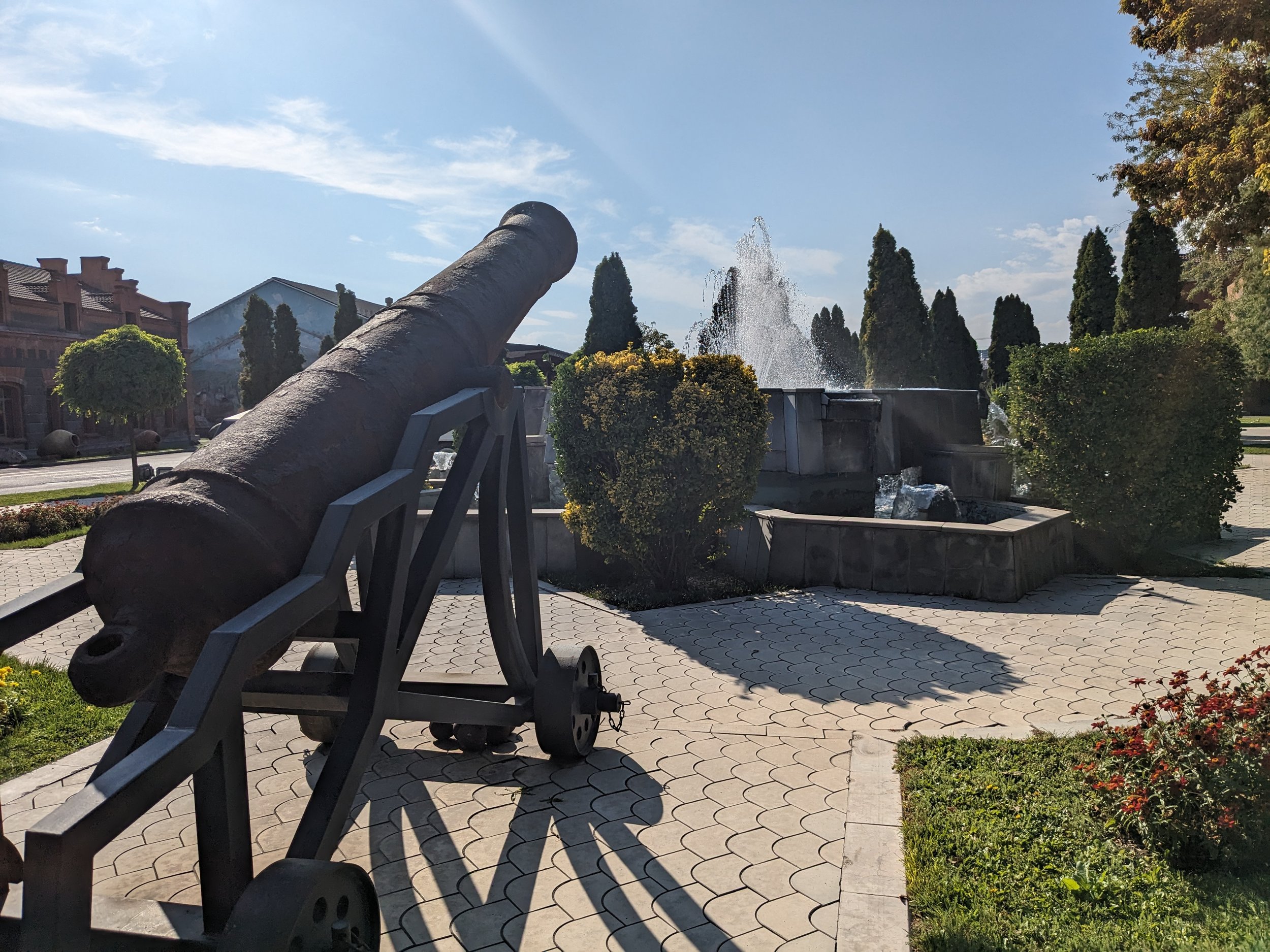
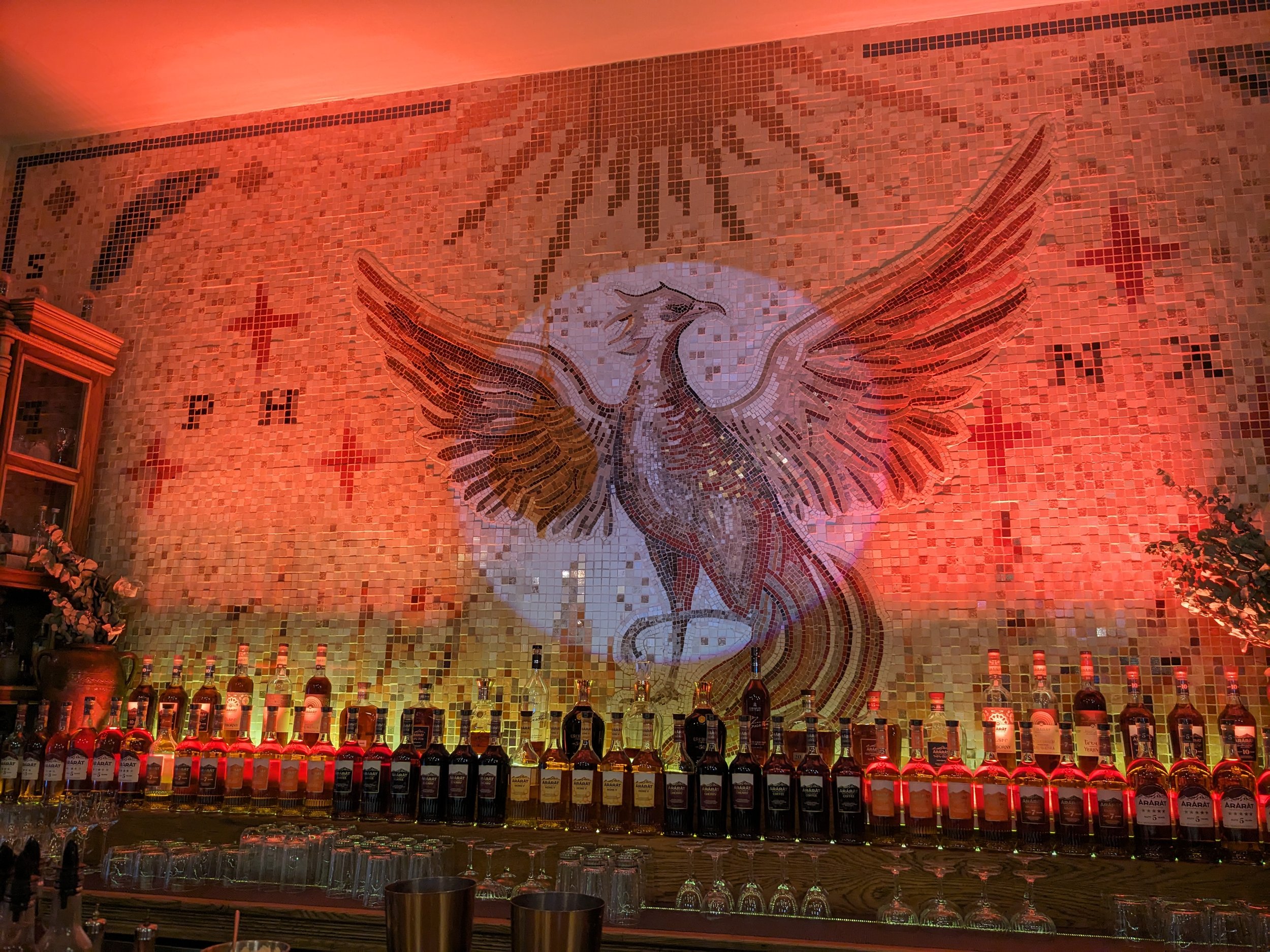
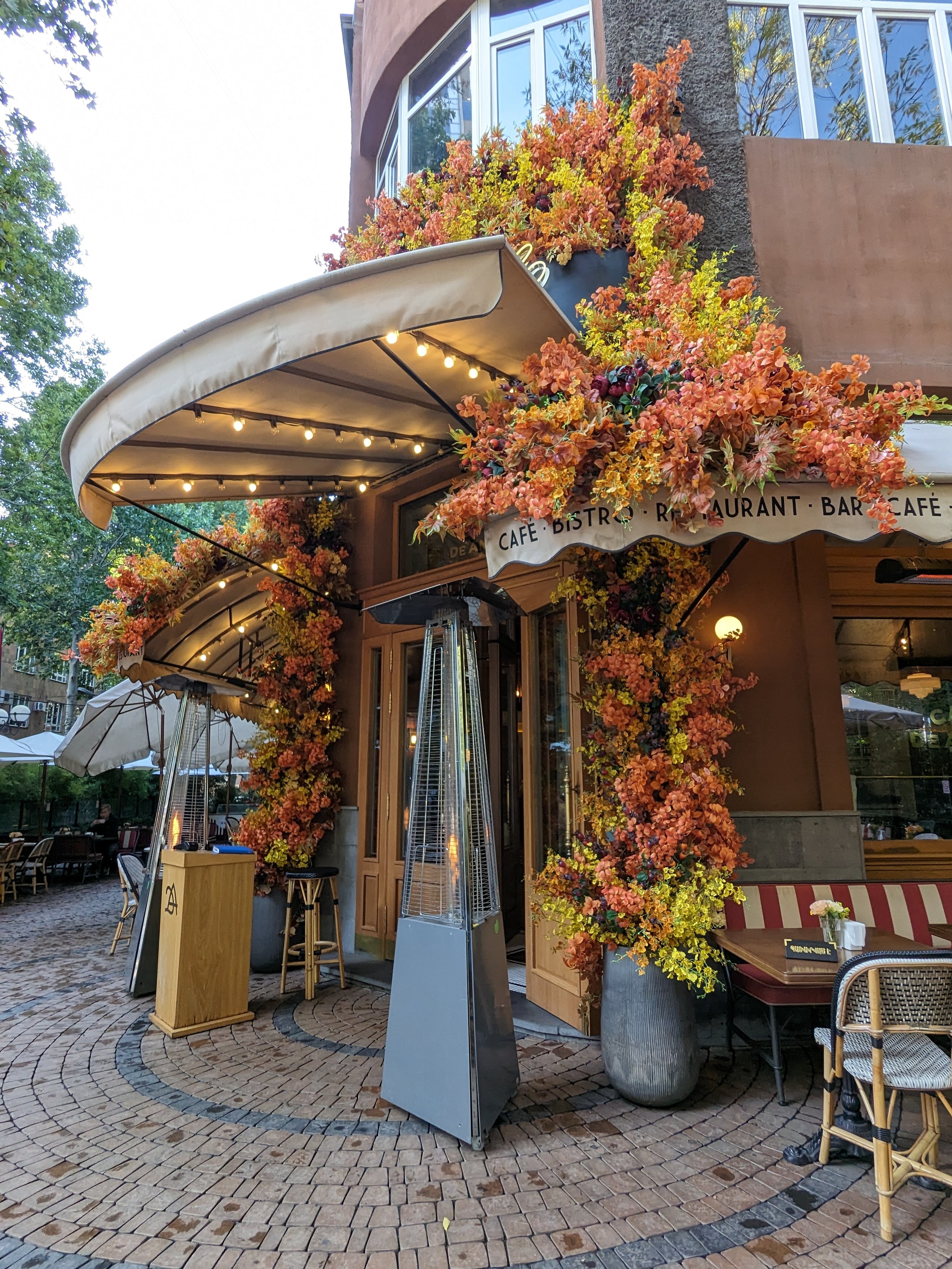

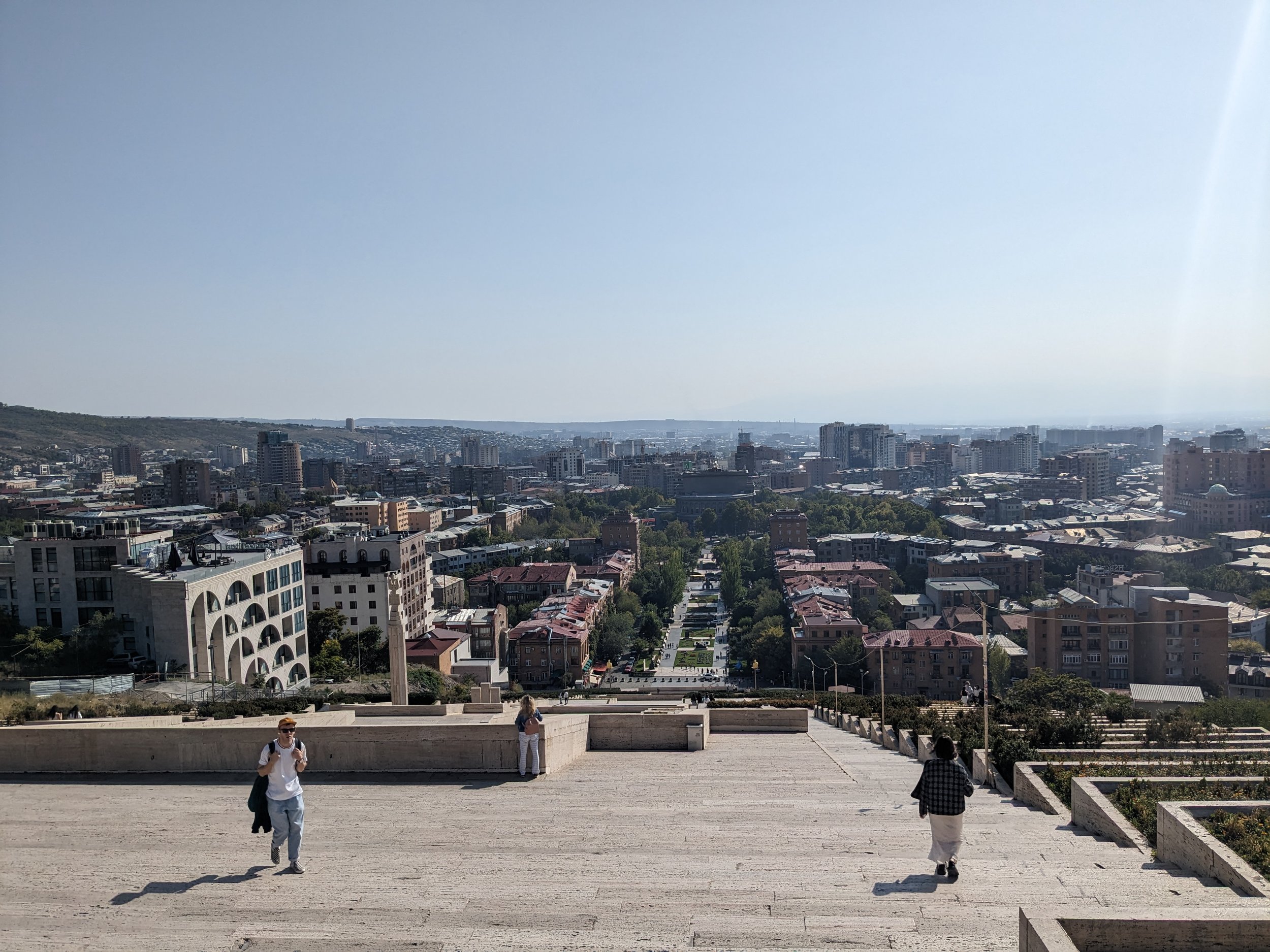
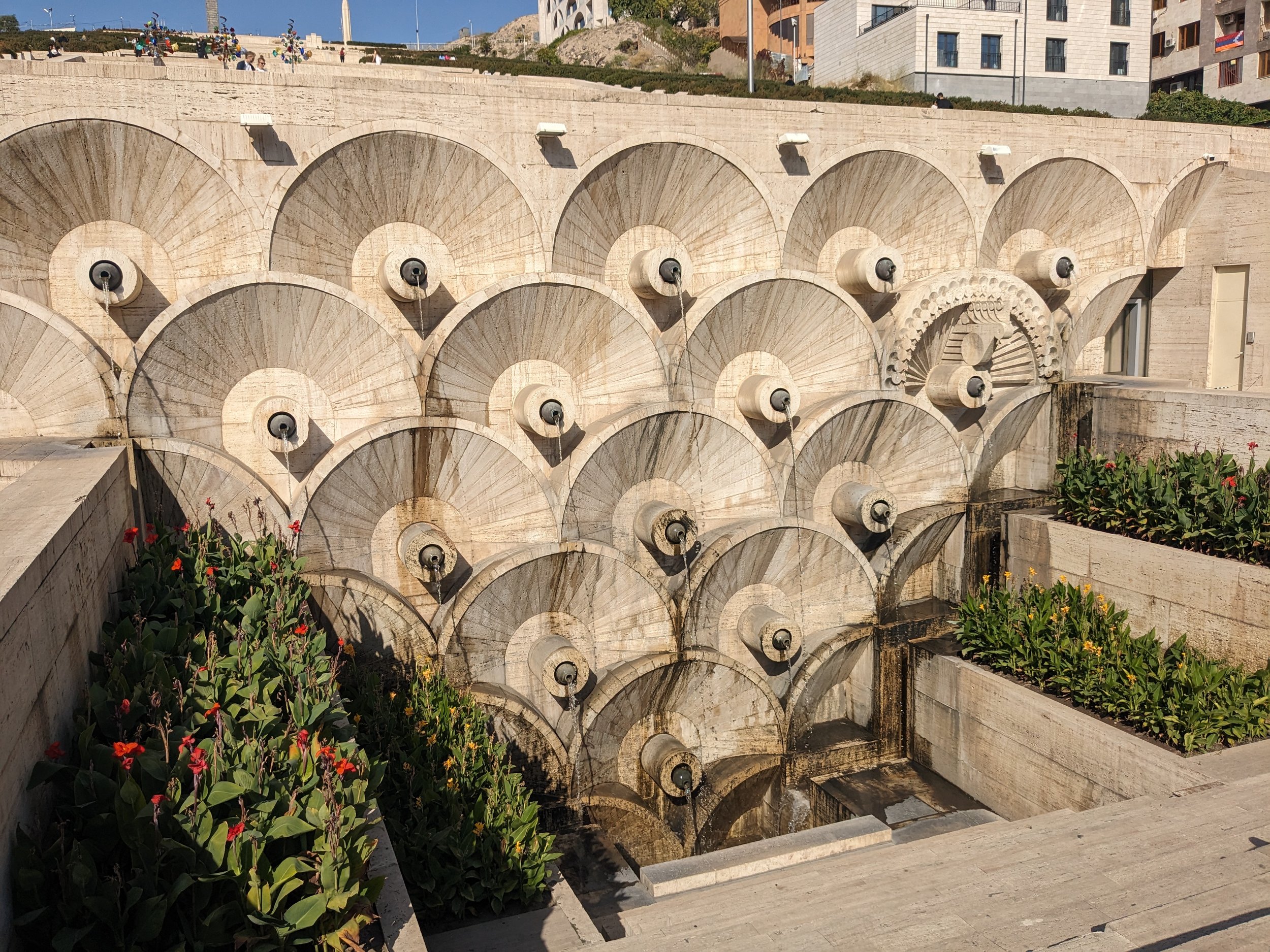

The City
While Yerevan feels like so many cities we’ve traveled to, it also has its own beat. One distinguishing element is the towering and magnificent Mount Ararat in the background. We could never actually capture this on camera but often found ourselves staring at it. Another aspect is the undercurrent of a complex history informing the daily lives of people today as Nate noted in his blog post.
Nate thinks she looks like my grandma…
The Blue Mosque (image to the right) is the only mosque remaining in all of Armenia, serving as a place of worship, a museum, and a language center. A lovely Armenian woman originally from Iran gave us a short tour of the grounds, leaving us with stories of the past and a tour of her classroom where she teaches Russian!
A trip to Yerevan would be incomplete without a visit to the Armenian Genocide Memorial & Museum. Obviously as educators, we prioritize learning about a country’s history–even the tough parts. As awful and heartbreaking as the experience always is, we are forced to see humanity's most cruel moments and consider how we might live today with more empathy and kindness to those that are different from ourselves. It’s also a reminder why telling a group of people to “get over it” when it comes to such atrocities is ridiculous. Be it about slavery, the Holocaust, the Armenian Genocide, or what’s happening in Gaza today, pain and trauma is deeply rooted in a community and it takes immense effort to take steps towards healing.
Day Trips to the Countryside
As we age, we find ourselves succumbing to local tours. In the old days, we’d hop on public transportation, gesture our way through a bus station terminal or haul our backpacks on a train. I’m not above that by any means and don’t get me started on my favorite places in the world and their beautiful metro systems (Mexico City, I see you. Hong Kong, I have not forgotten).
Adding complexity is that some places we travel would be too stressful to try to drive through. The Armenian countryside proved to be such. As we dodged cows, followed detours through villages, we appreciated our driver, Edgar’s adept ability to maneuver the minivan as we focused on Nina’s tour.
First stop Sevanavank monastery overlooking Sevan Lake.
A quick stop for lunch at a popping side-of-the-road cafeteria, the Tsovagyugh supermarket and food court. Note the lavash is easily the size of a throw-blanket!
Next up Goshavank monestary built in the 10th-13th centuries. Words cannot describe the serenity and wonder I felt standing on these grounds, imagining this as the hub of community it provided.
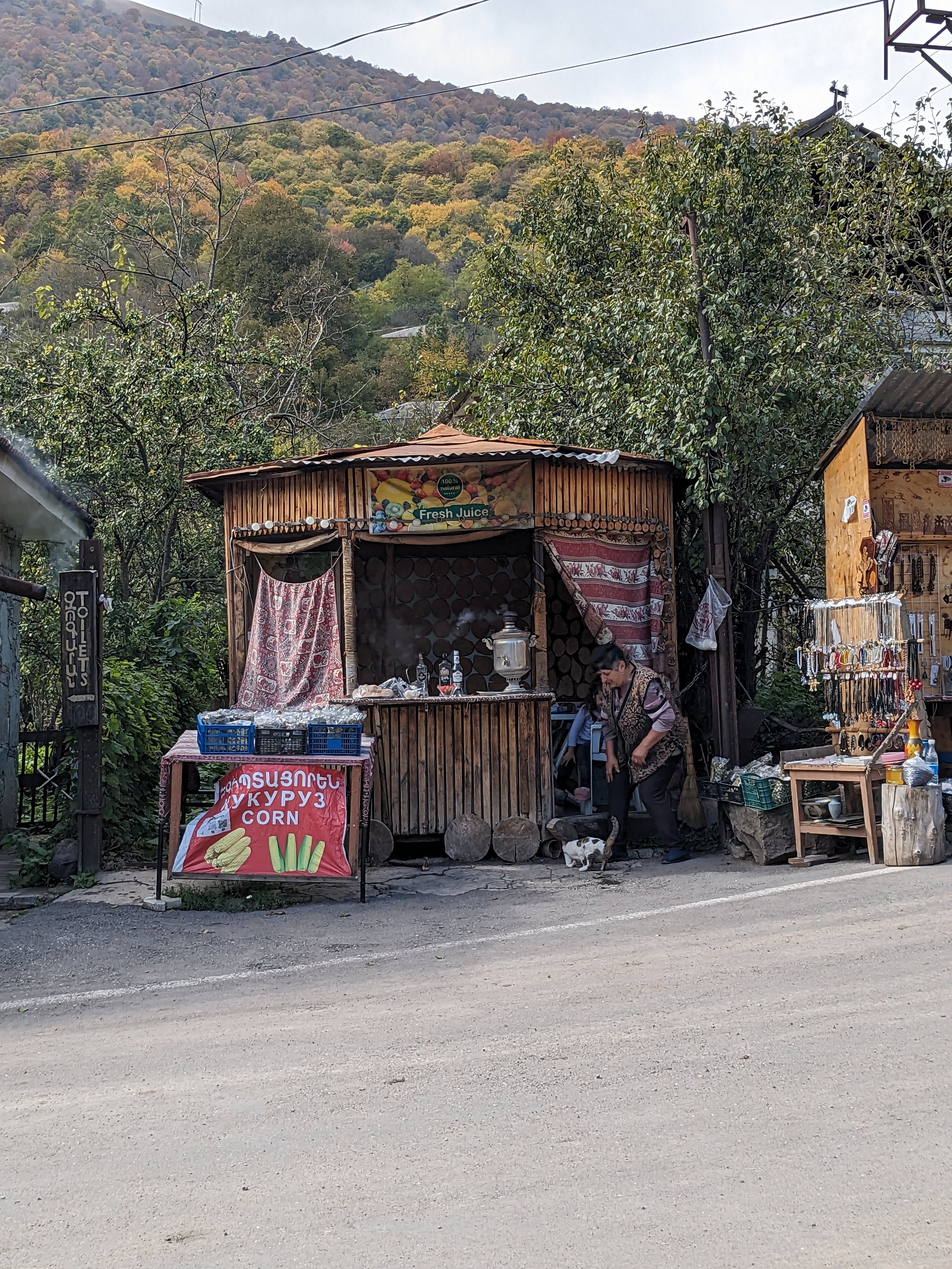
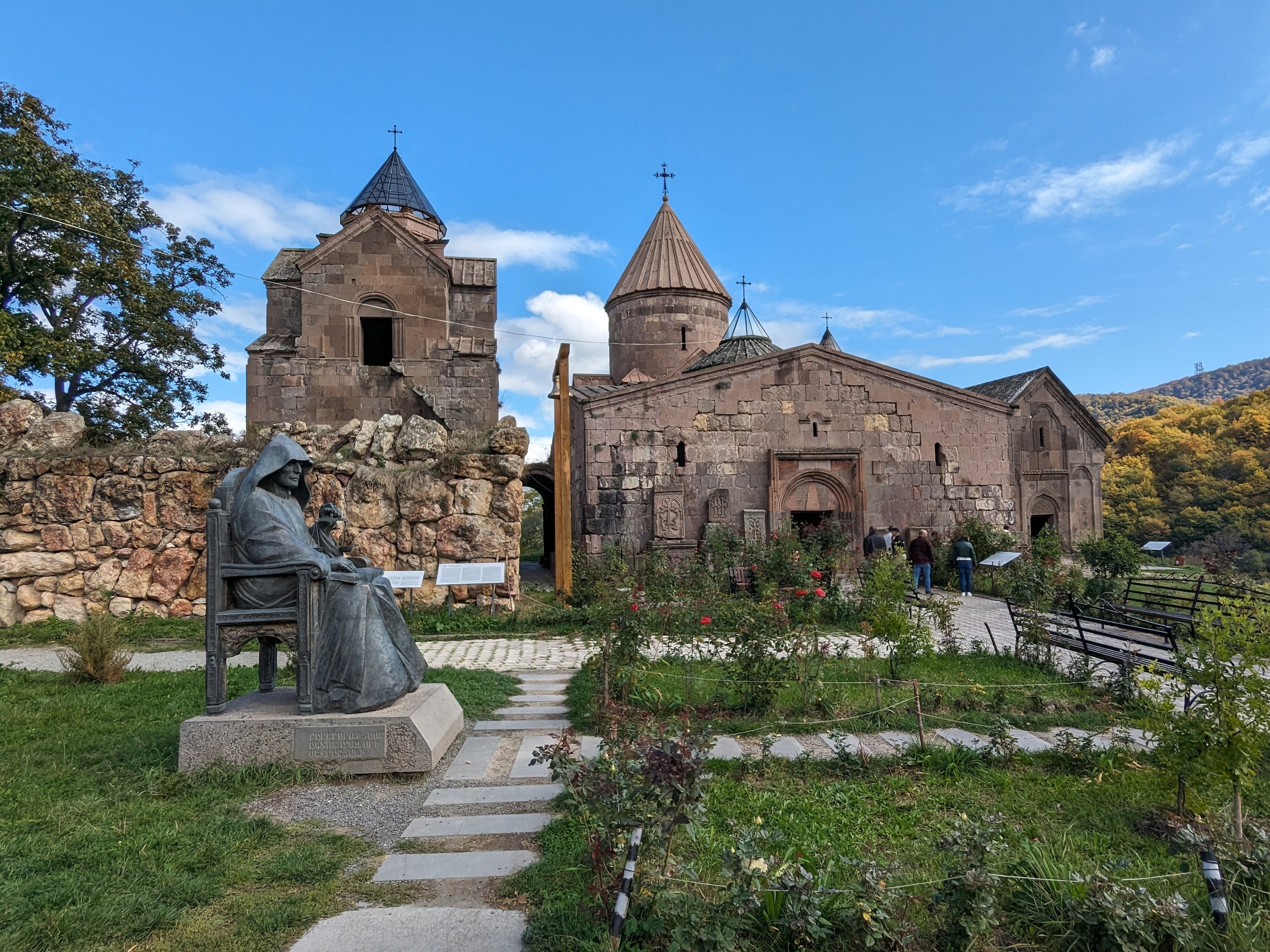
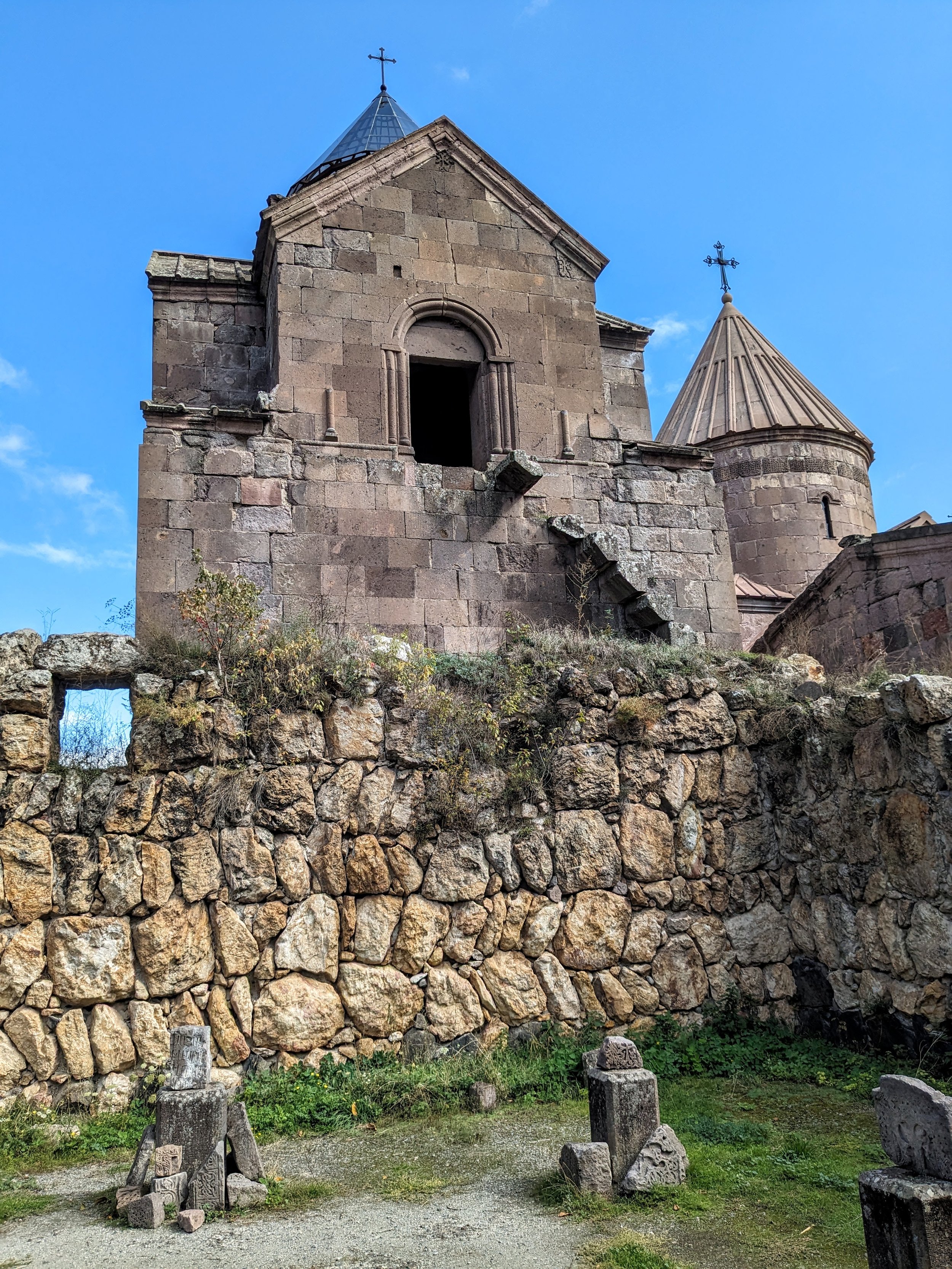
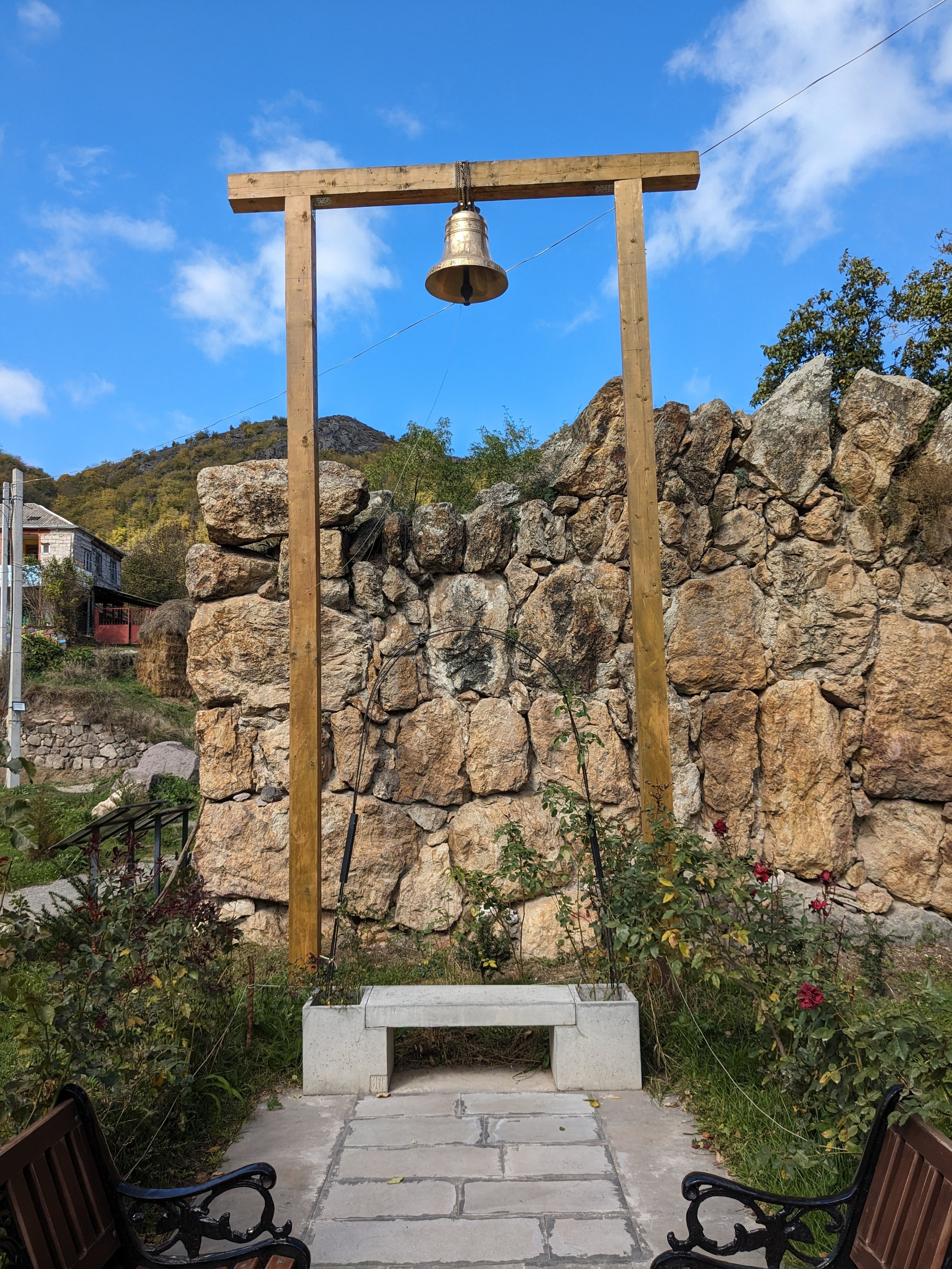
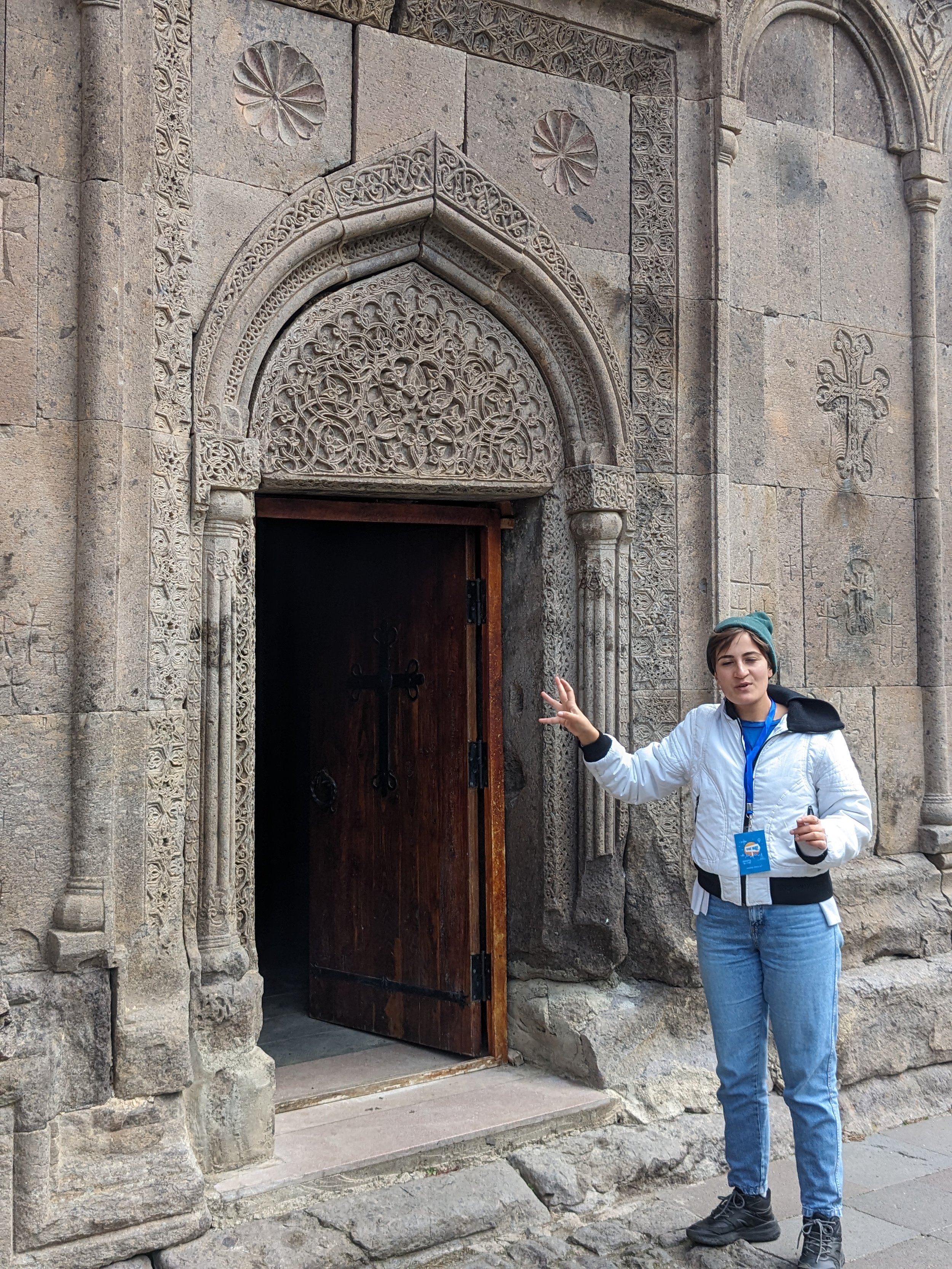
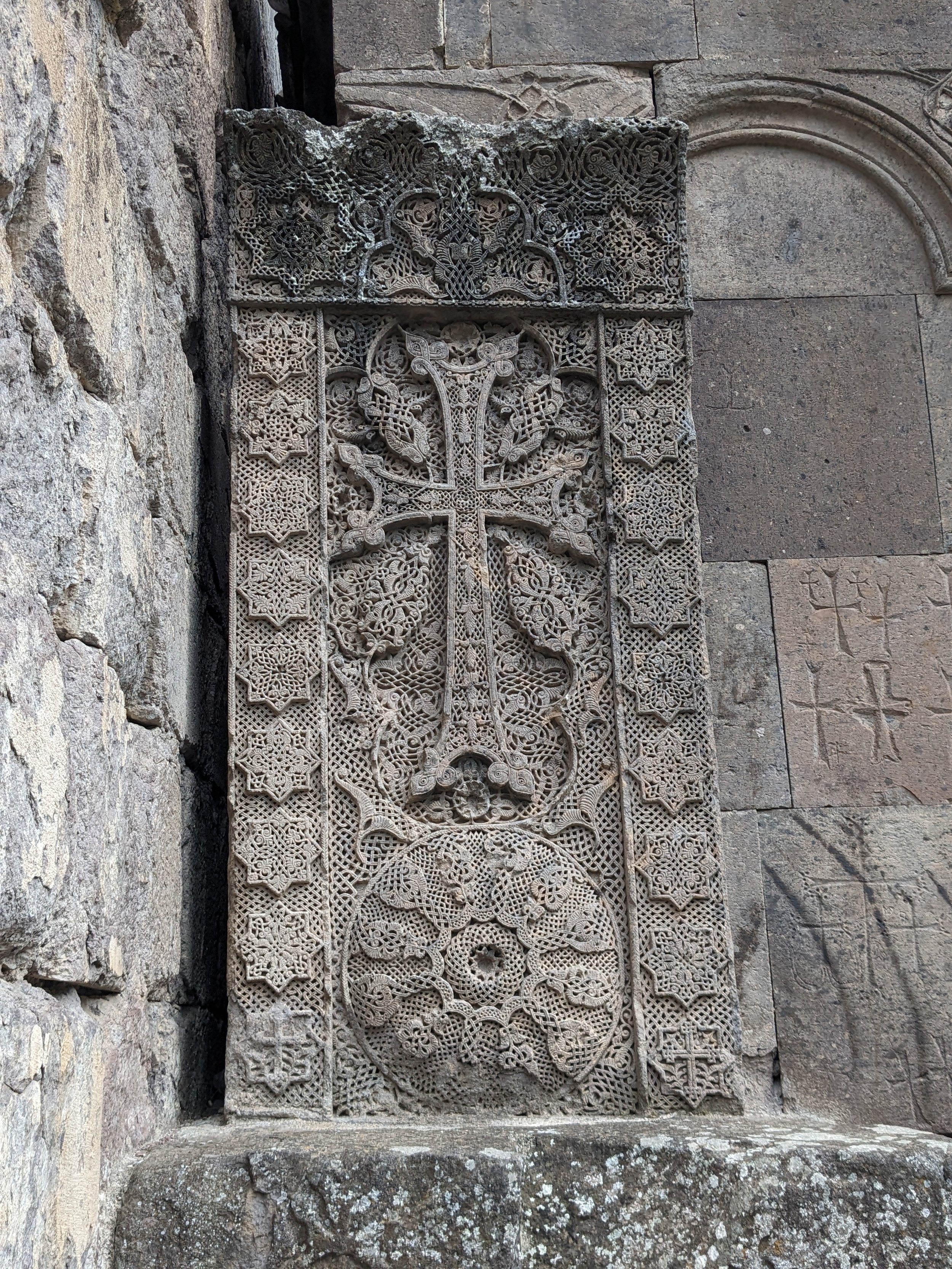
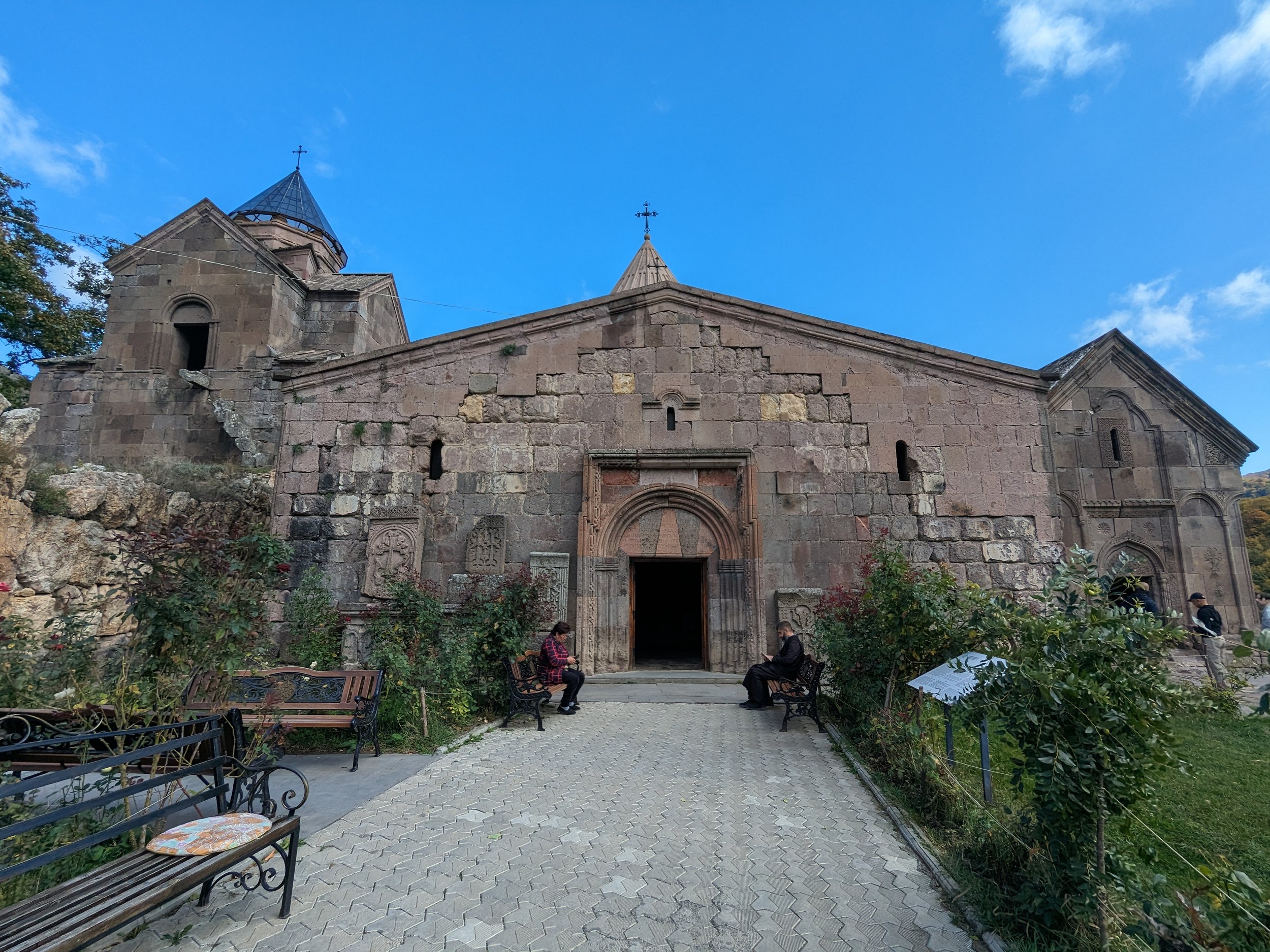
We continued our journey to the Haghartsin monastery. The way this church was situated in the orange and yellow hillside was breathtaking and reminiscent of New England falls. Funny enough, the monastery underwent key renovation thanks to the generosity of a Sheikh from the UAE!
Our excursion culminated in a stop at Dilijan National Park. Hugging our jackets tightly, we followed the trail and stomped through the wet leaves feeling right at home (Pacific Northwest).
Views from Dilijan National Park
Family House, Yerevan
This concludes our trek through the Caucasus.
The call of khinkali will bring us back to this region but for now, we turn our sights to the next adventure.
From Tbilisi with Love
When we travel we like to go beyond the usual suspects. Sure, Paris and Hong Kong are great but you haven’t lived until you’ve stayed in a Nicaraguan hostel where the owner tells you stories about being a contra en la guerra while driving you to the beach. We like places that feel genuine, not overrun by tourists, and I’m not gonna lie–we like a bargain. For these reasons, two of our favorite regions to visit, places we’ve returned to repeatedly, have been Central America and South East Asia: good food, good people, and the feeling you’re well off the beaten path. The Caucasus and Georgia are that.
Geography: We spent fall break in the Georgian capital of Tbilisi. For me, it’s been a while since I felt cold. It felt nice to get out of the Gulf and feel a more familiar fall. I spent much of the trip wearing a sweater and of course a 2016 MLS Champion Sounders hoodie. This was also our first time visiting a former Soviet Republic. Georgia is situated smack in the middle of the Caucasus. It has the Black Sea to its West, Turkey to its southwest, Russia (its occasionally problematic neighbor) to its north, and shares borders with Armenia and Azerbaijan to the southwest. Tbilisi is a cultural crossroads, bisected by the Mtkvari River with heavy Russian and Ottoman influences. Georgia is also home to the oldest winemaking region on the planet, going back over 8,000 years. That’s older than France’s and they are very proud of it.
The Trip: Low-key, I am not sure when I really found out that Georgia was a thing. I think it was during their war with Russia in 2008. But I have been reading a ton about it over the last few years. Our head-of-school has a property there and raves about it. It’s one of those places that it makes less sense to visit from back home in Tacoma but from here it’s just a 3 hour flight over Iran and Azerbaijan. We flew FlyDubai, Emirates’ second label equivalent of Old Navy.
Tbilisi is a beautiful city and it passes the $2/$5/$70 test. This is a test that I apply to cities. Can I get an espresso in the heart of the city for $2? Can I get a good meal on the street for less than $5? Can I get a nice hotel room, (hopefully with breakfast included) for $70? If so, game on–Georgia passes the test with flying colors. The food in Tbilisi was delicious, the wine was cheap and plentiful, and their national beverage cha cha (more on this later) flowed freely everywhere. We stayed in the heart of the old city, near Freedom Square and found the city very walkable and easy to navigate.
Dos:
First off, you should go! If you have ever been like I wanna go to Prague or Vienna, give Tbilisi a shot instead.
Drink Georgian wine–it’s literally all delicious and they’re (rightfully) proud of it.
Visit a traditional sulfur bathhouse for a scrub and a beatdown from a middle aged Georgian man with hands like bricks.
Eat the local cuisine. I recommend their dumplings called khinkali. They, like Russian pierogies, arrived from China via the Silk Road and are delicious.
Embibe in the national beverage, cha cha. It is like Italian grappa, made from the skins, seeds, and stems of the winemaking process.
Tour an Orthhodox Church. It’s fascinating to me how they feel like the midpoint between a masjid and catholic church.
Read up on Georgian history–Stalin is Georgian–they have a museum about him, we didn’t make it there but we’re going next time.
Georgia is a country of four million people at the crossroads of history with their own language, alphabet and a culture, though influenced by their neighborhood, also distinct from it. It was dope and I want to go back.
Now, here come the photos.
